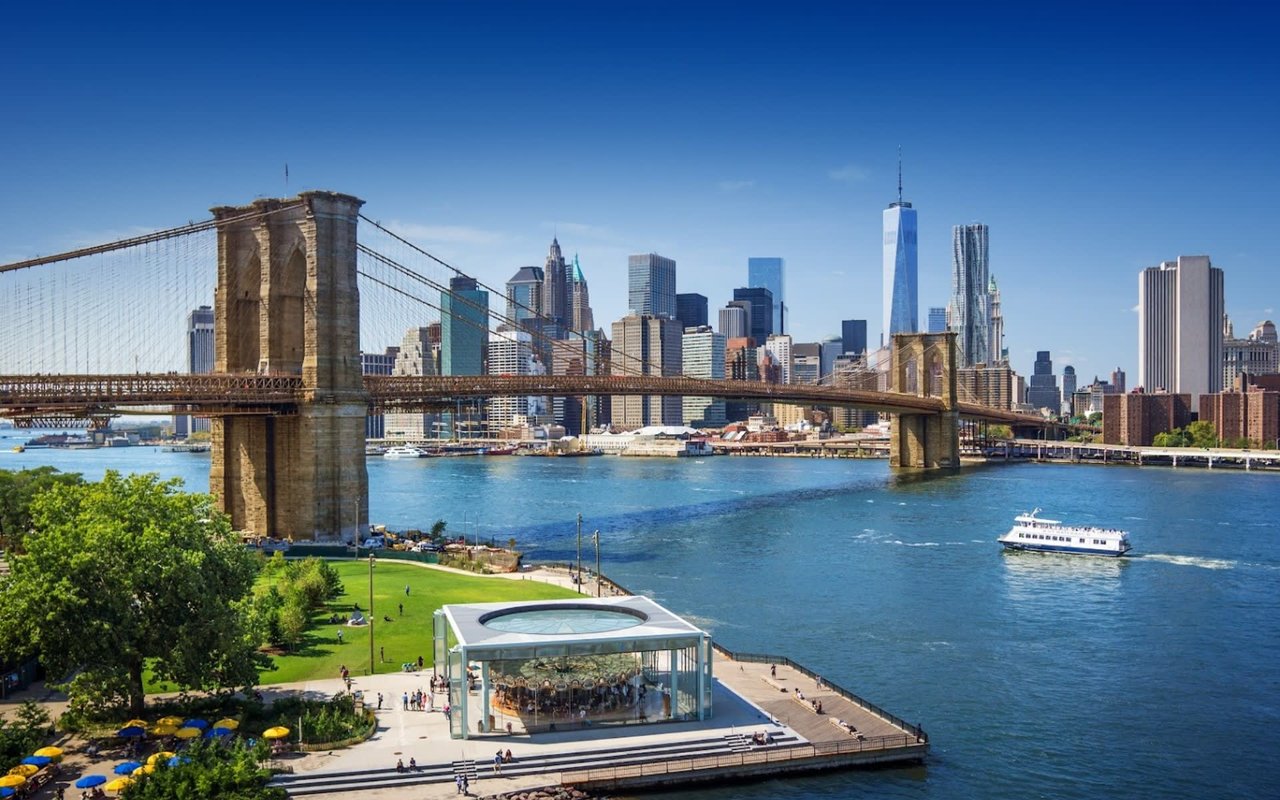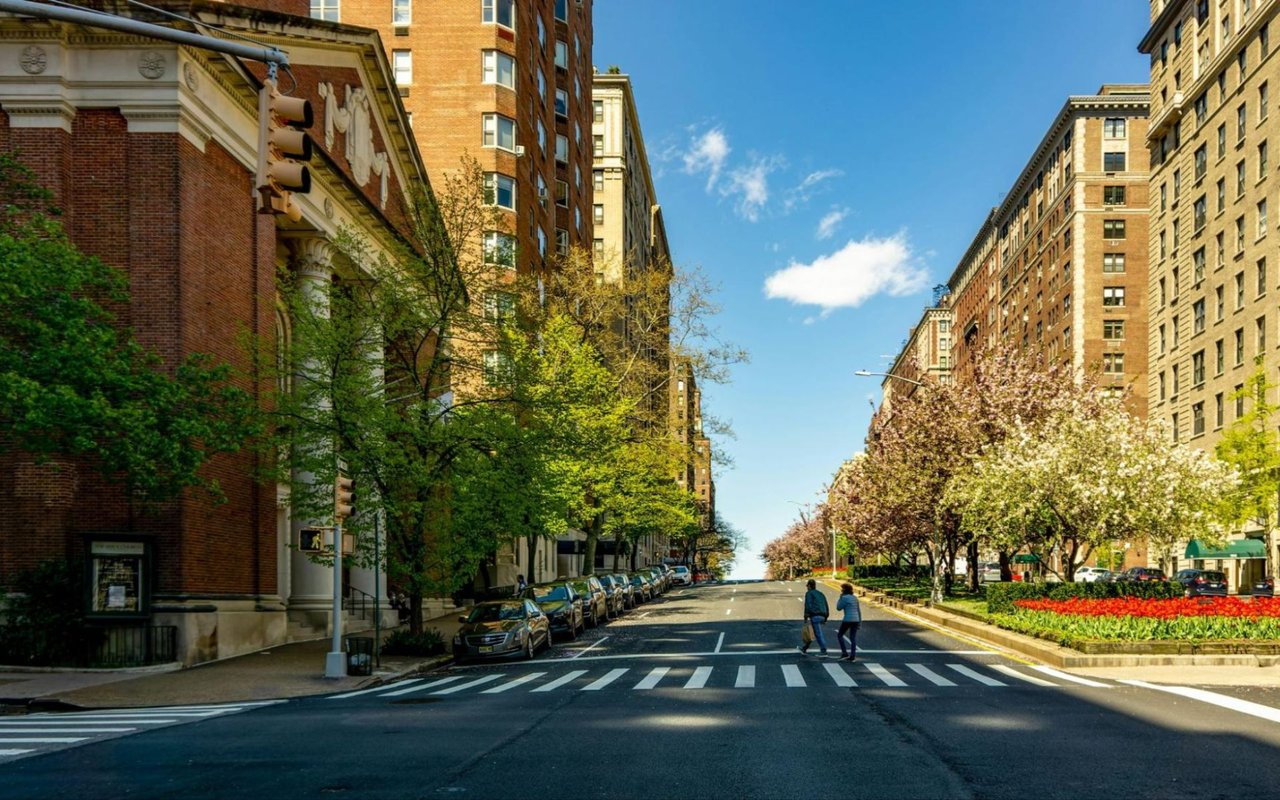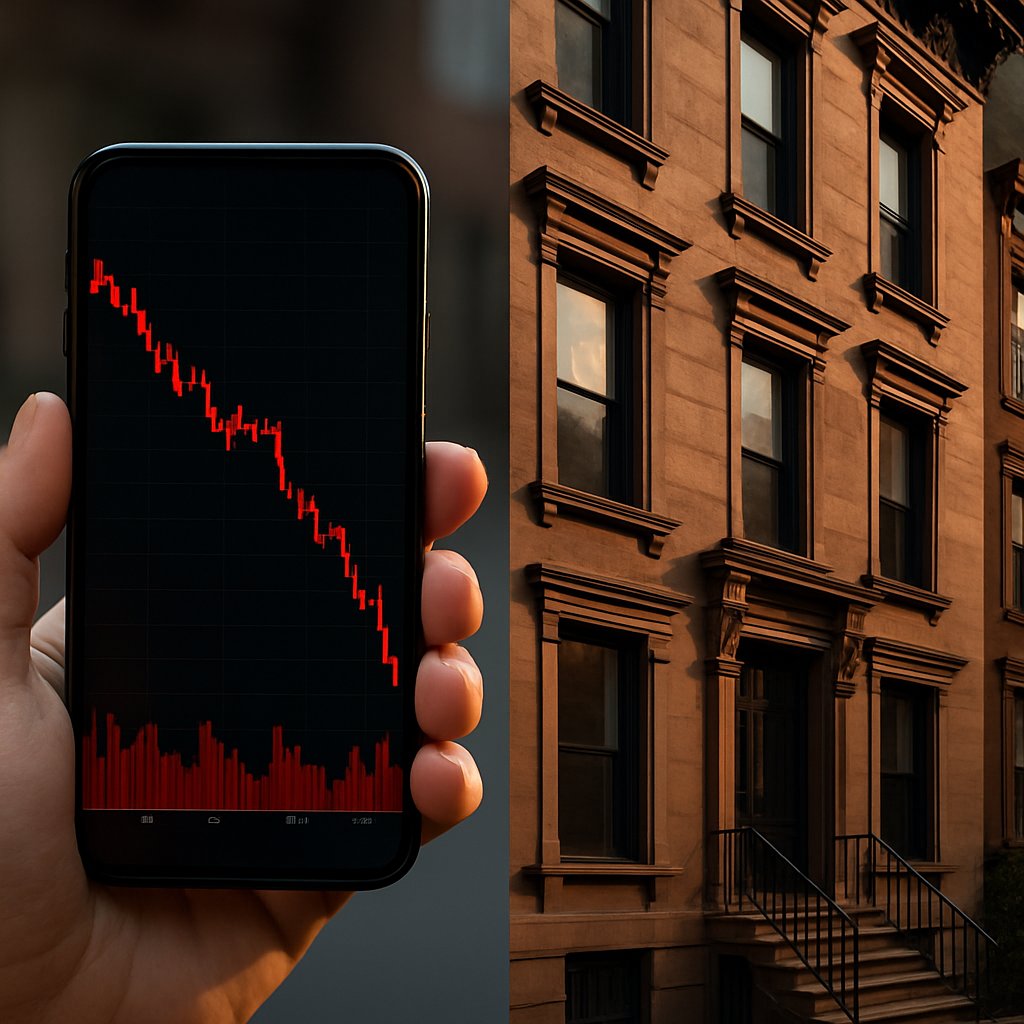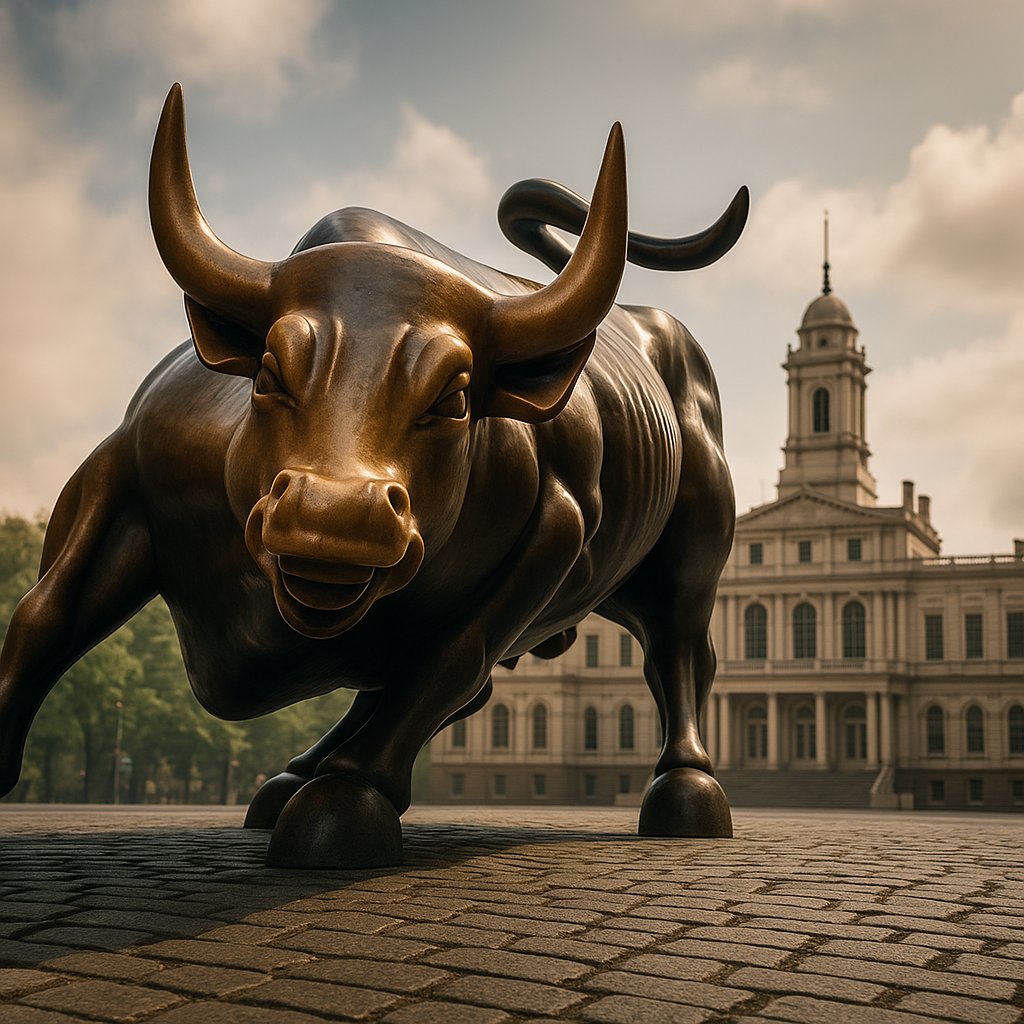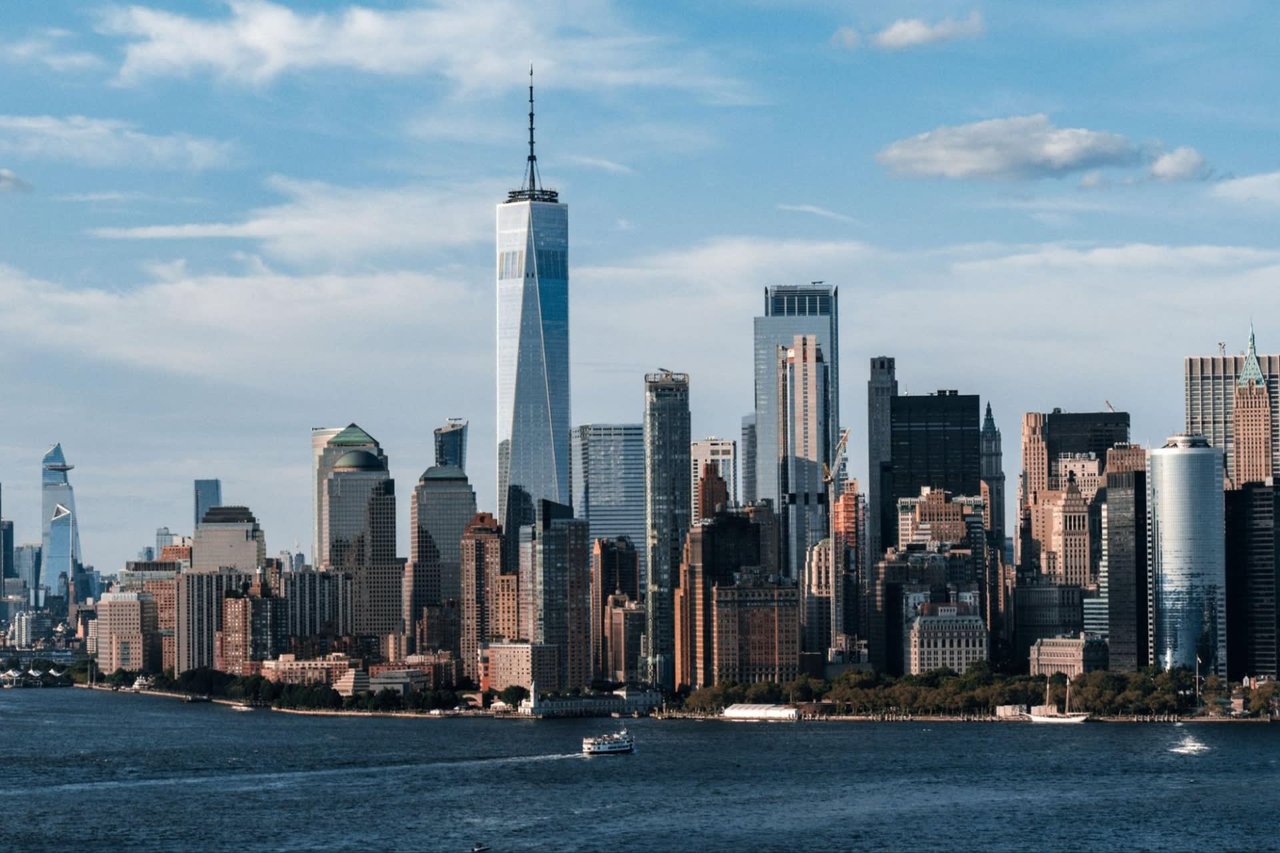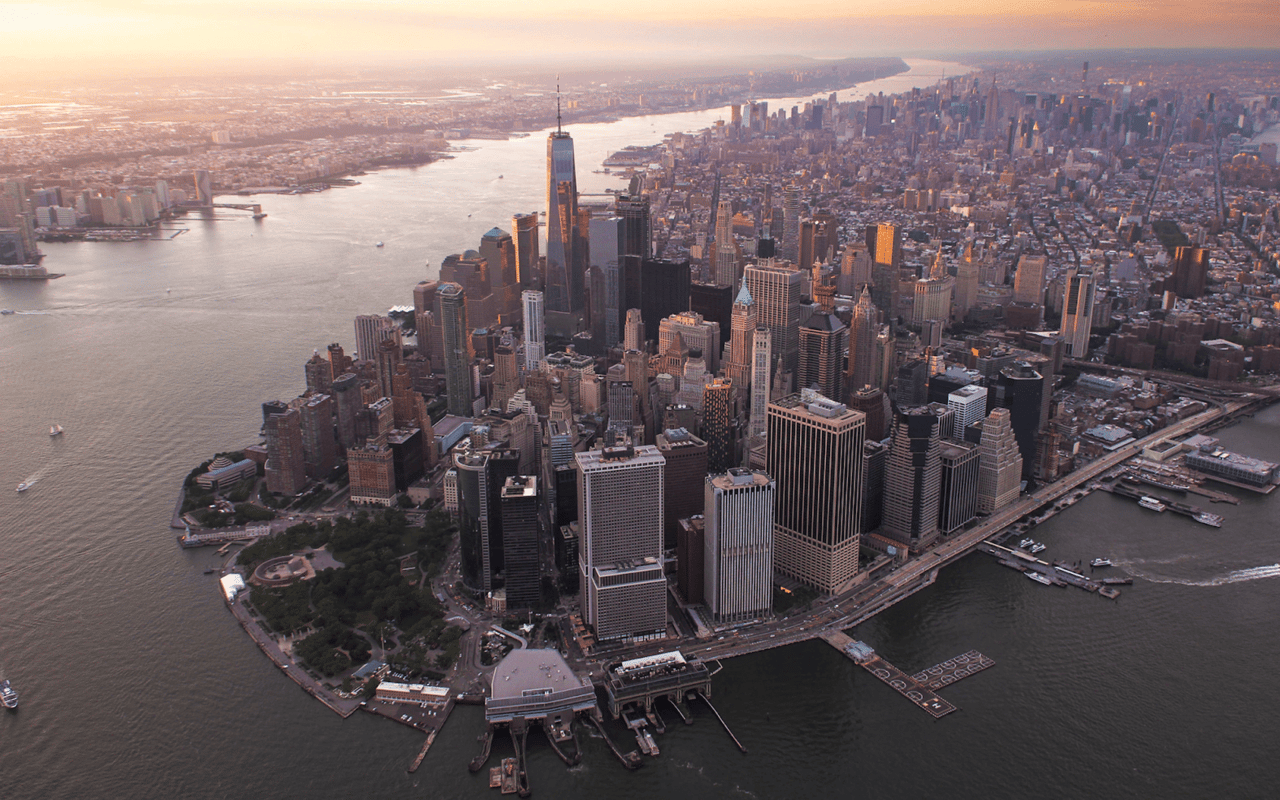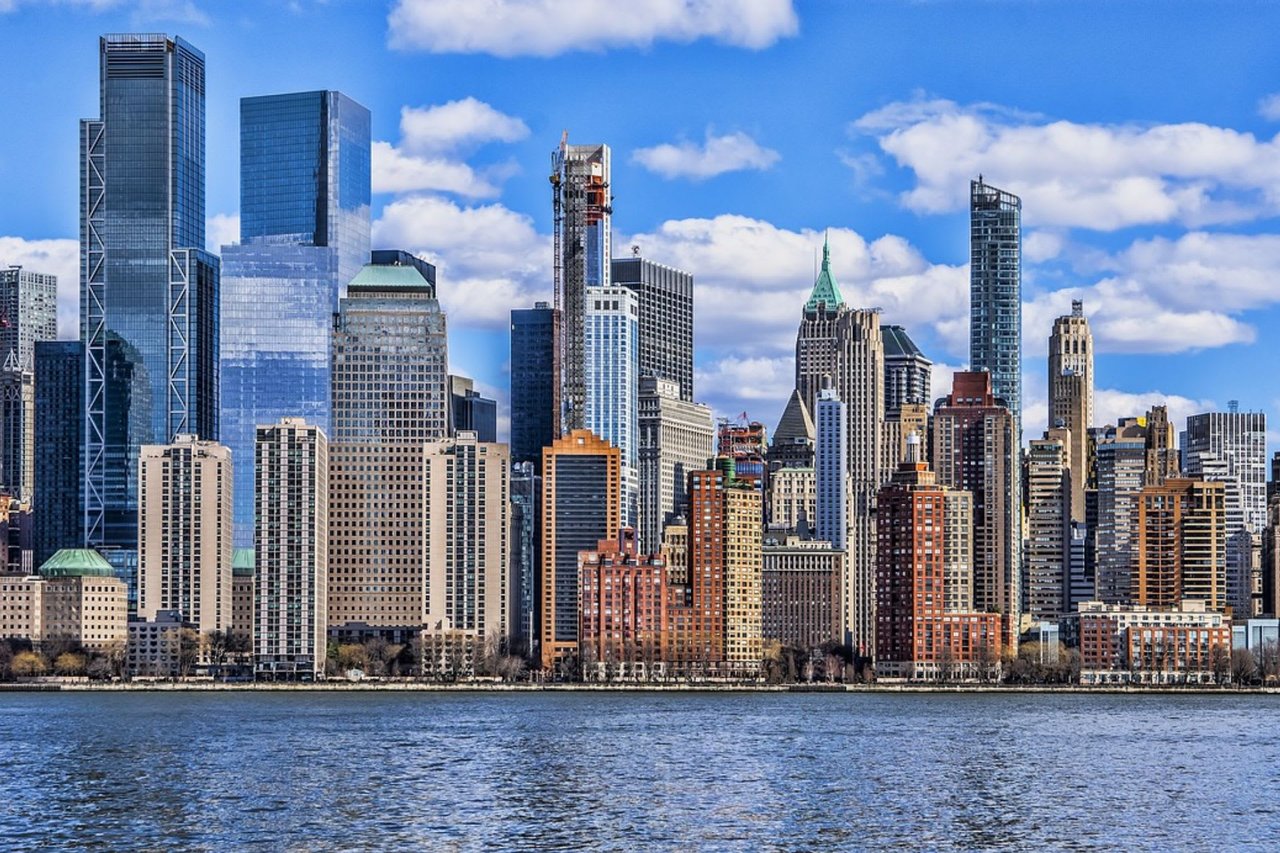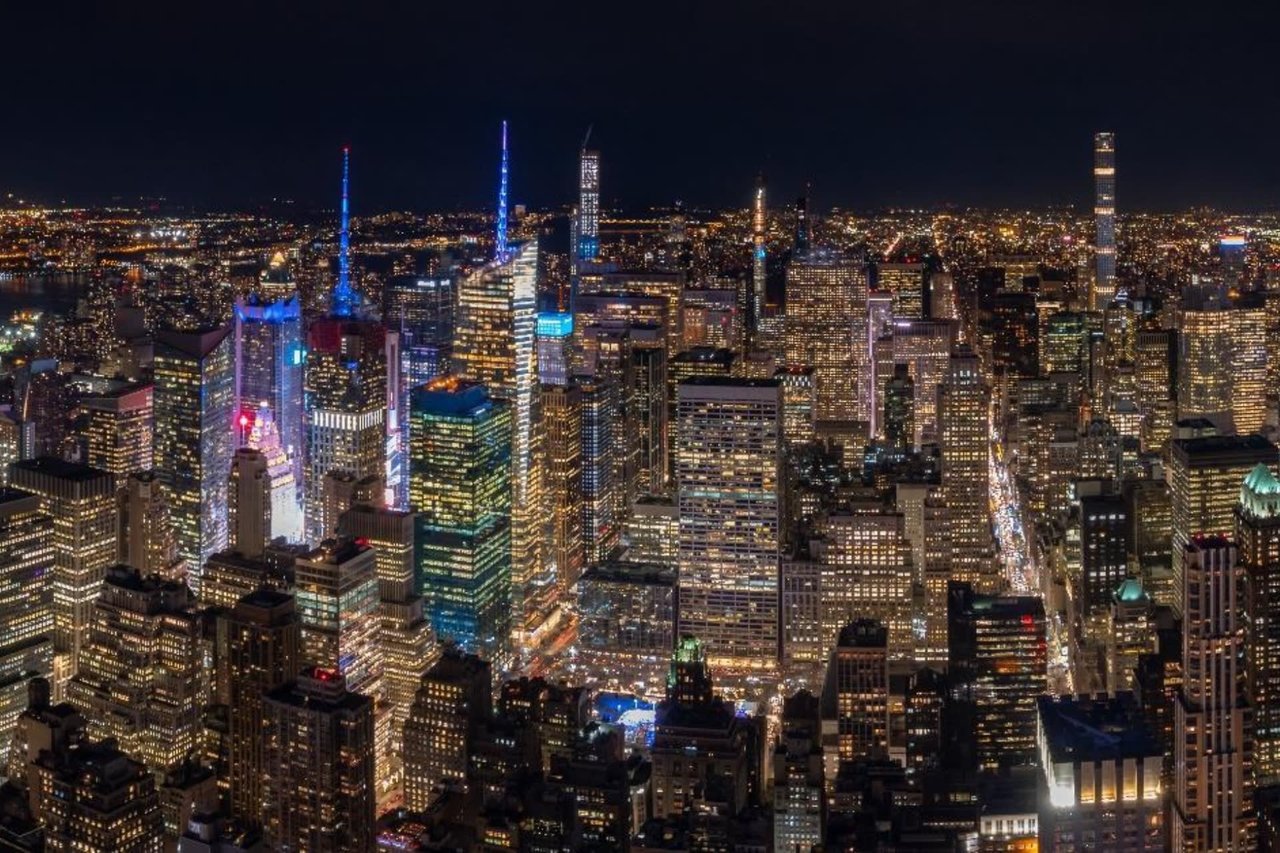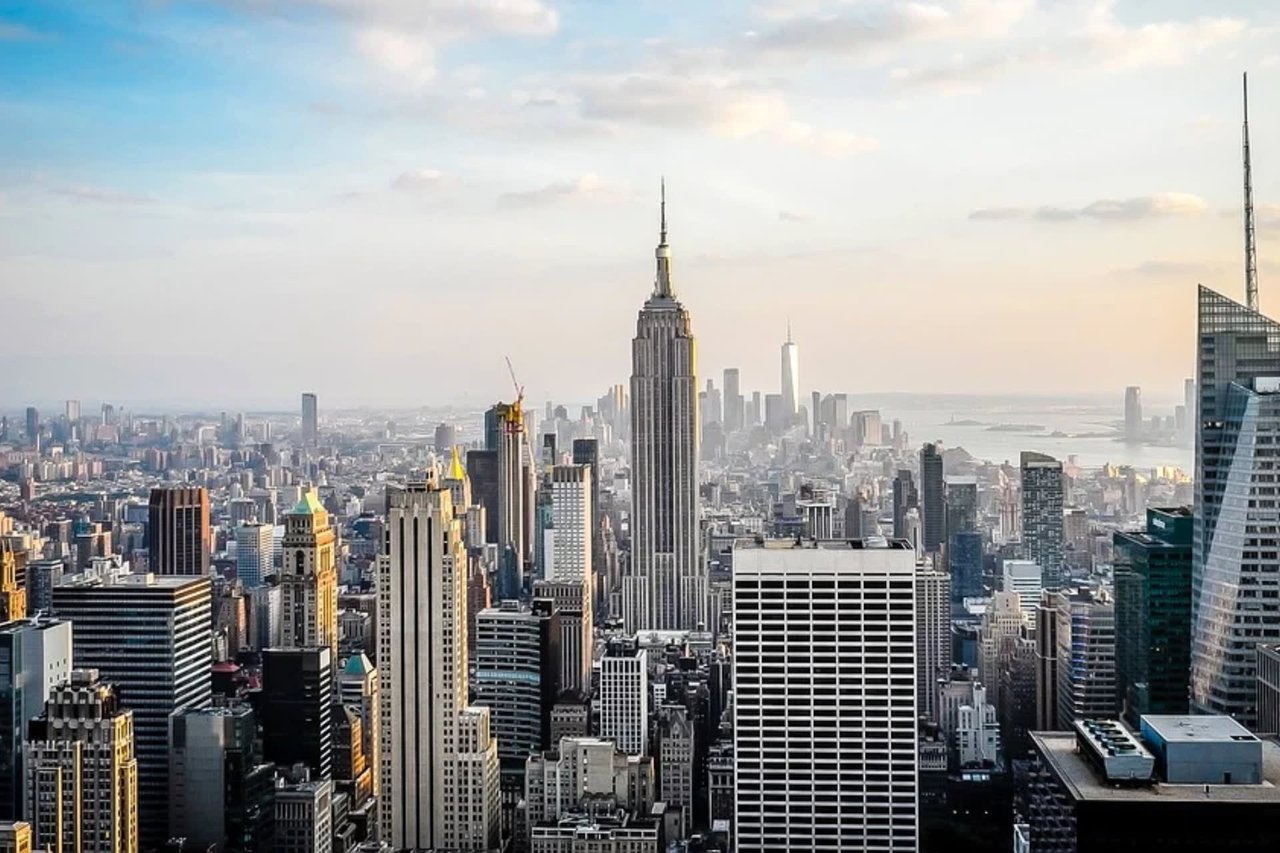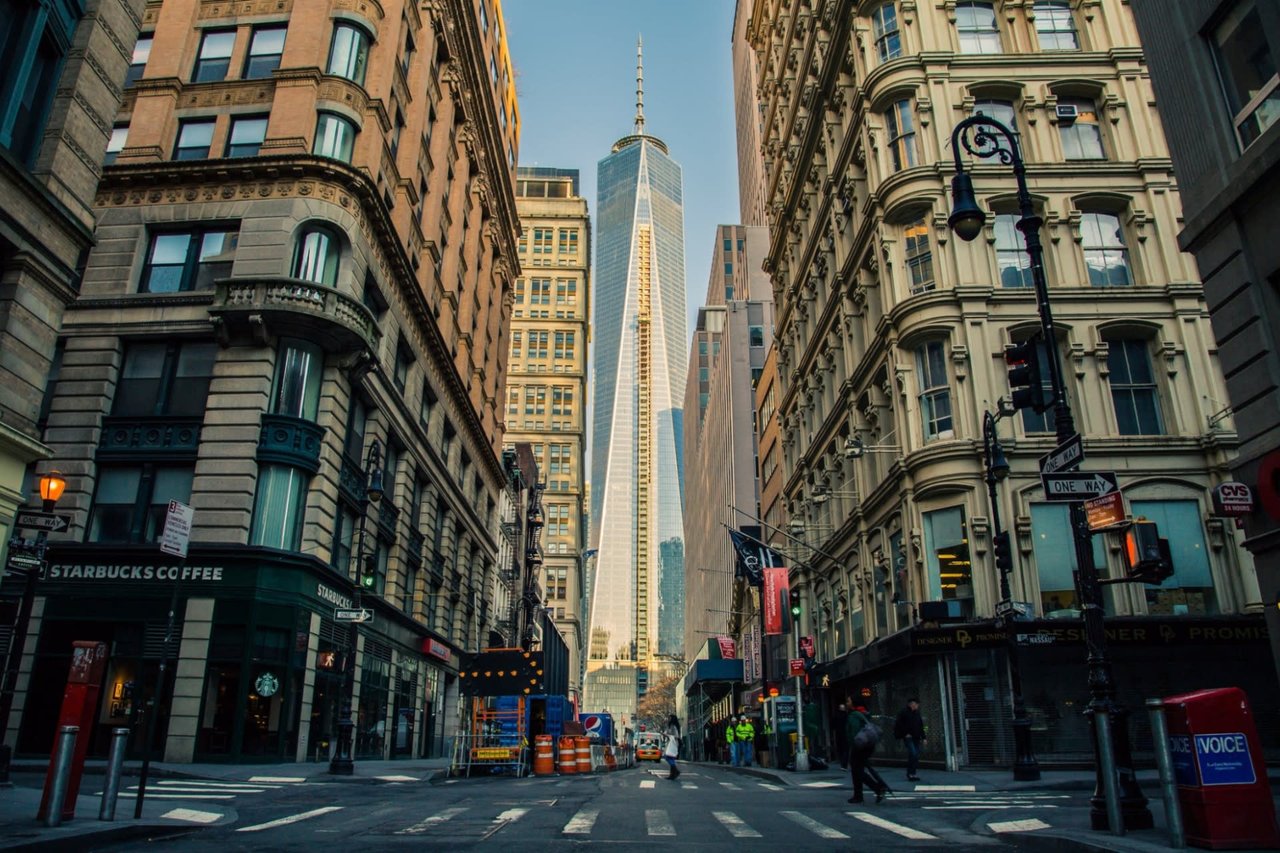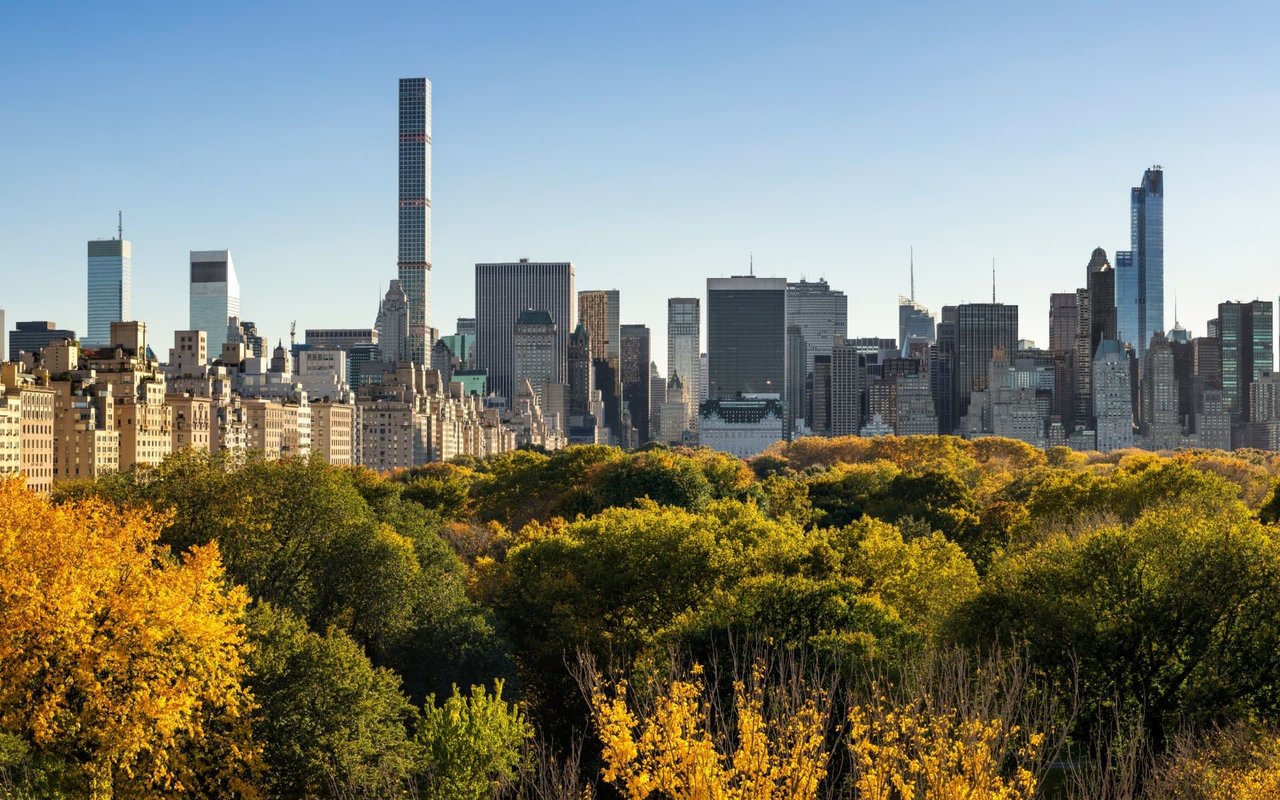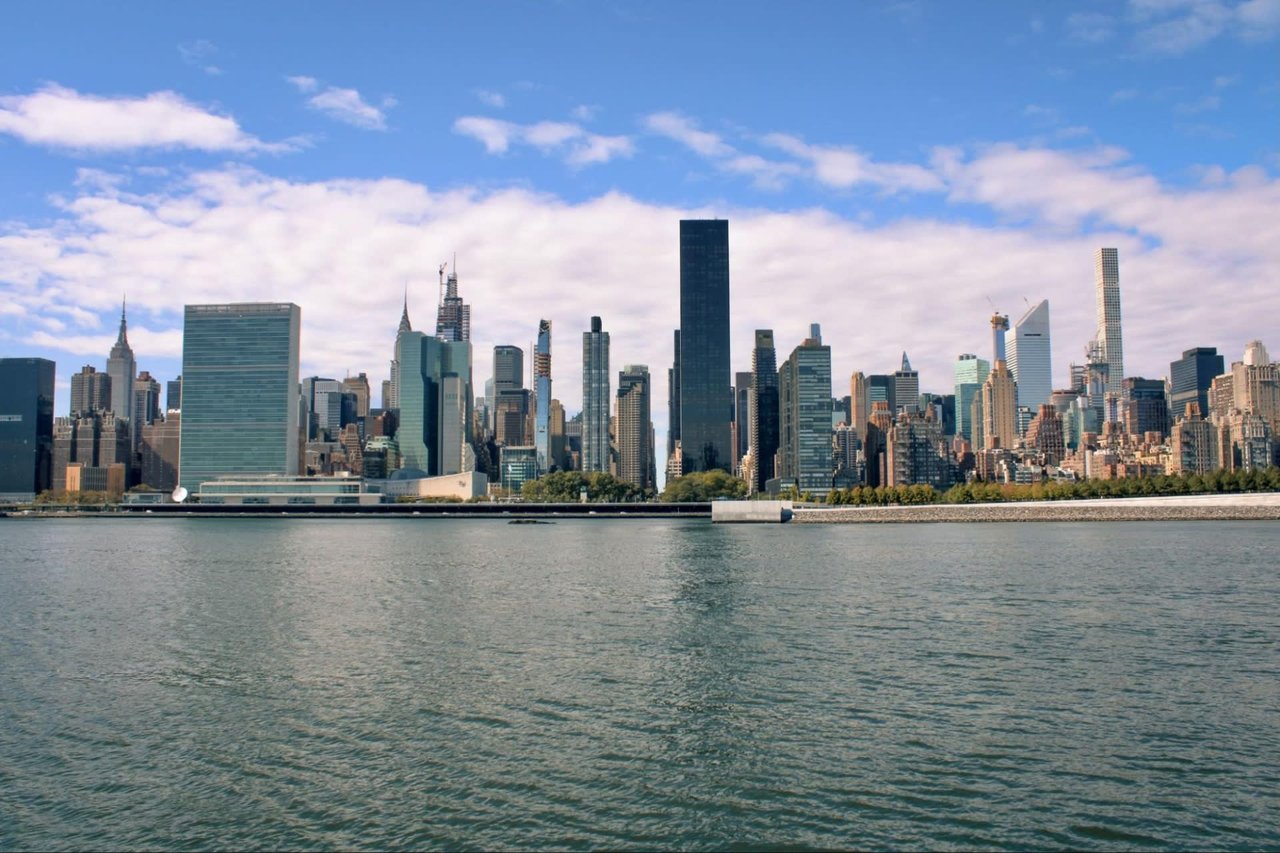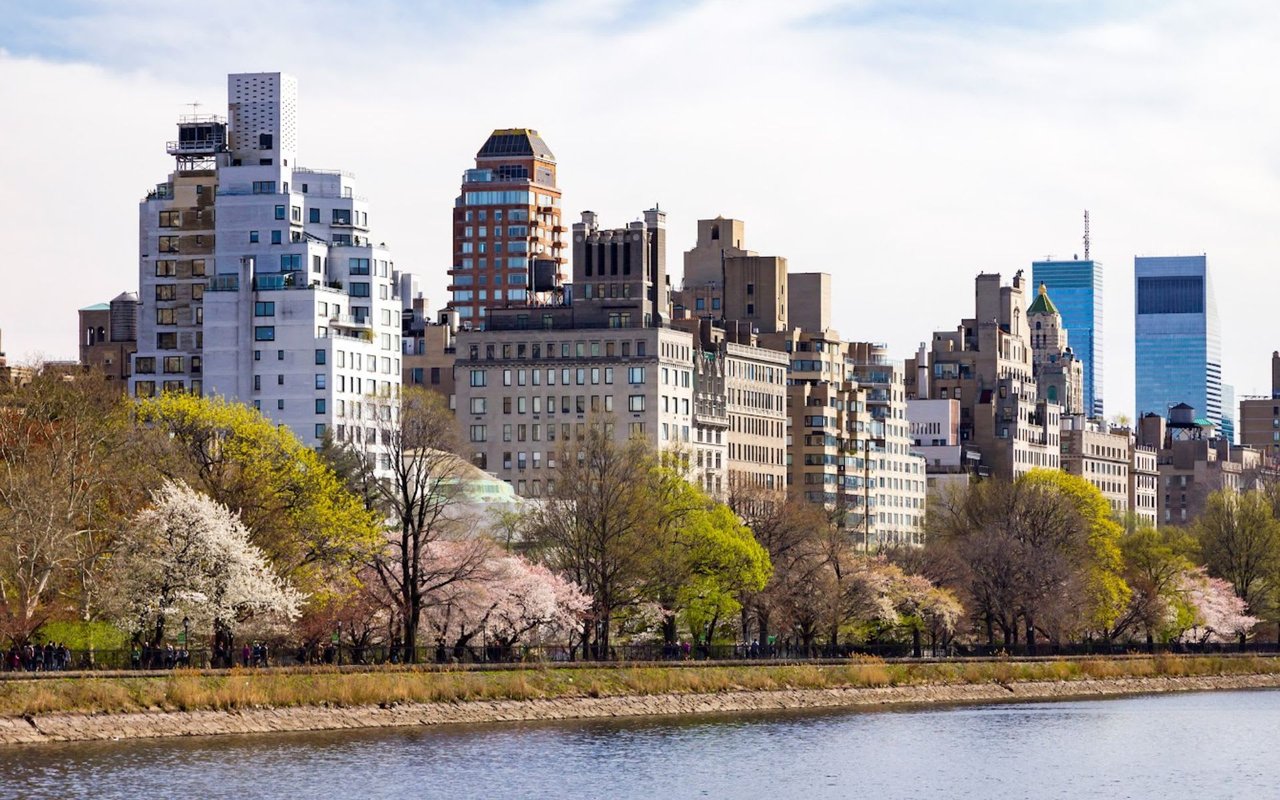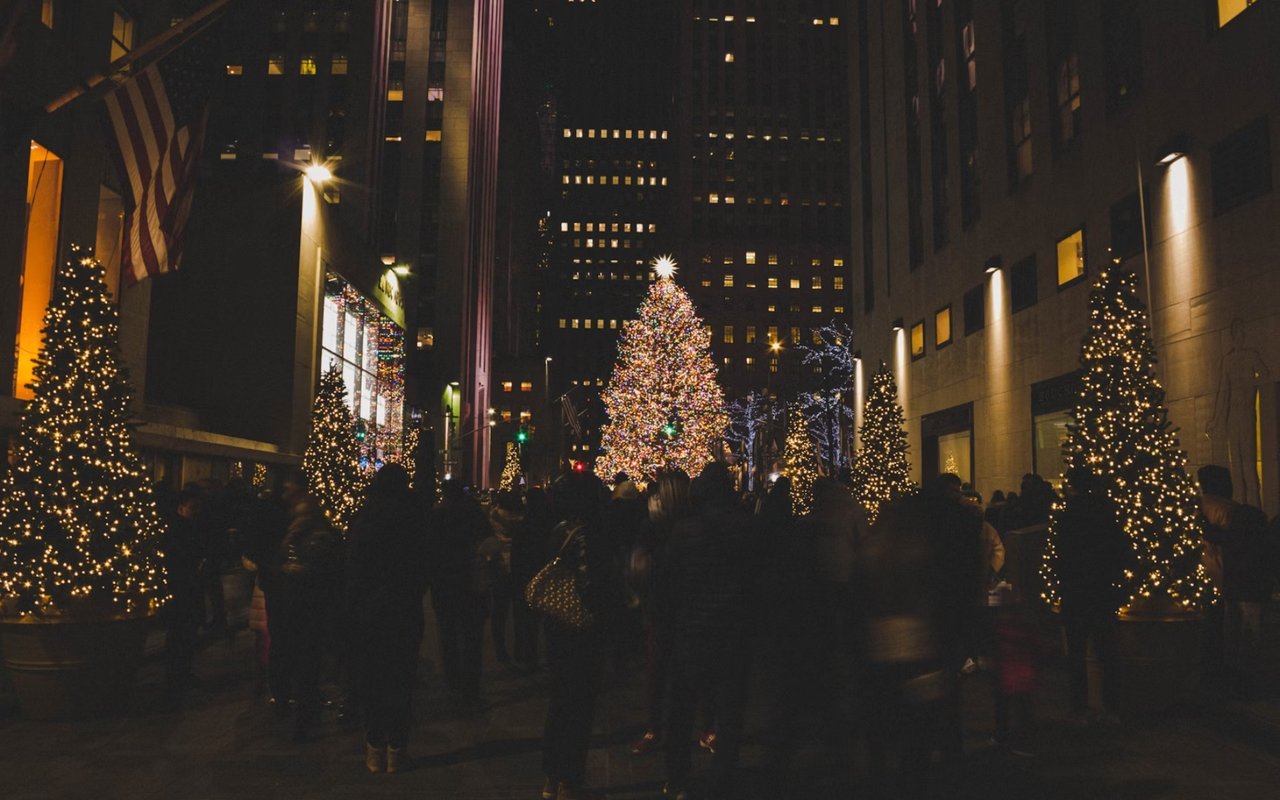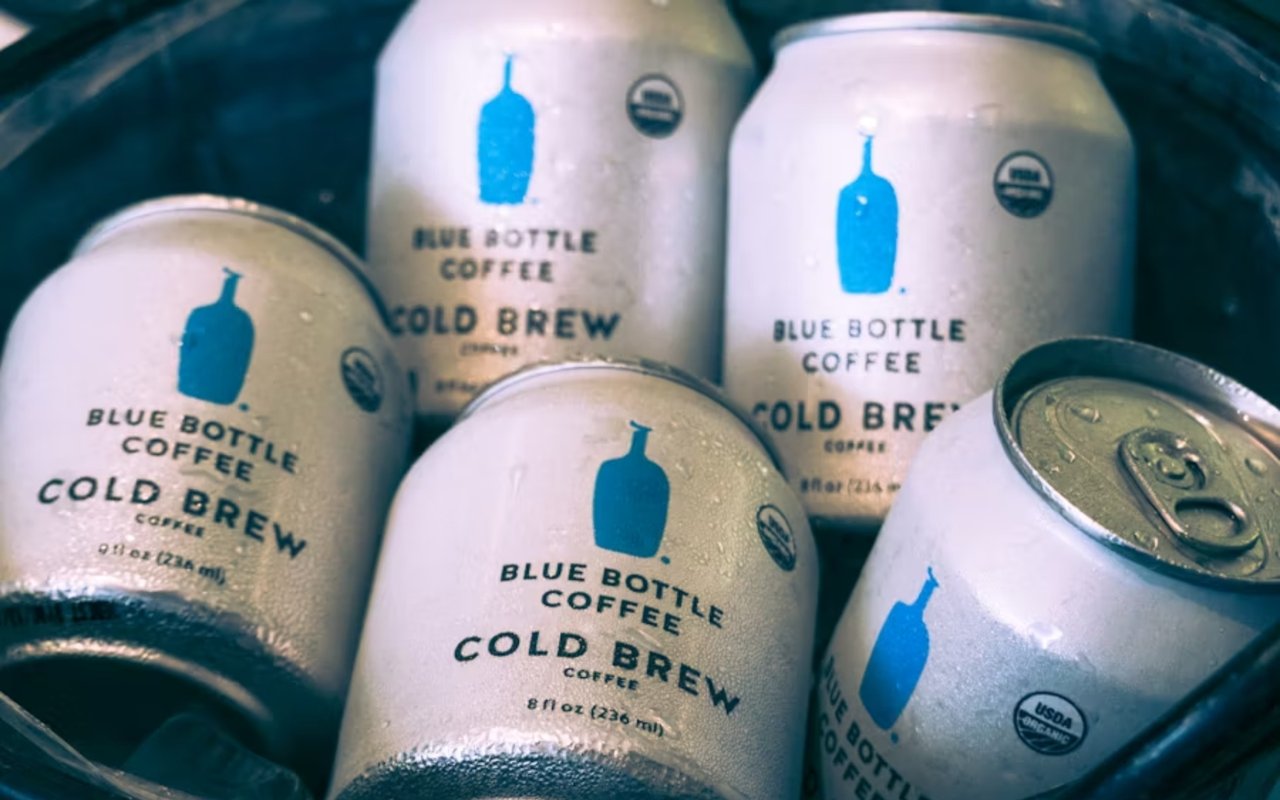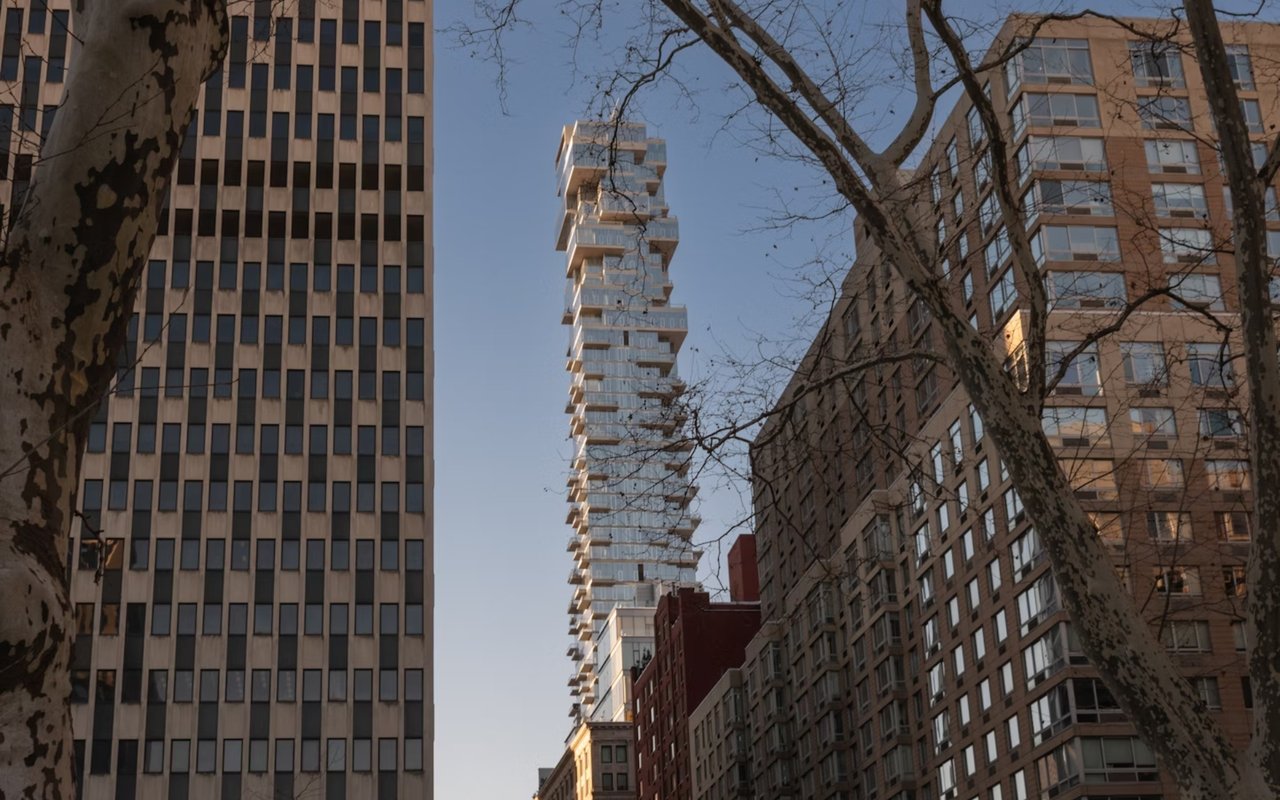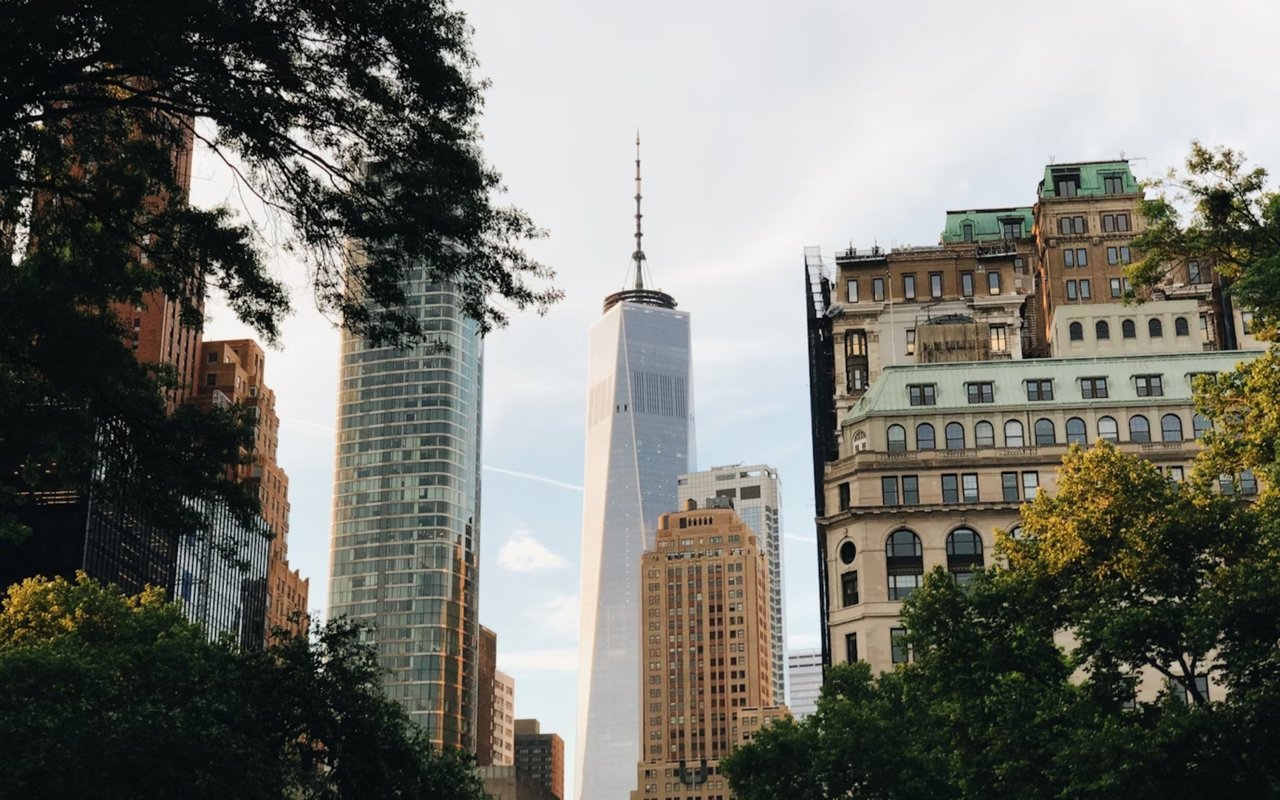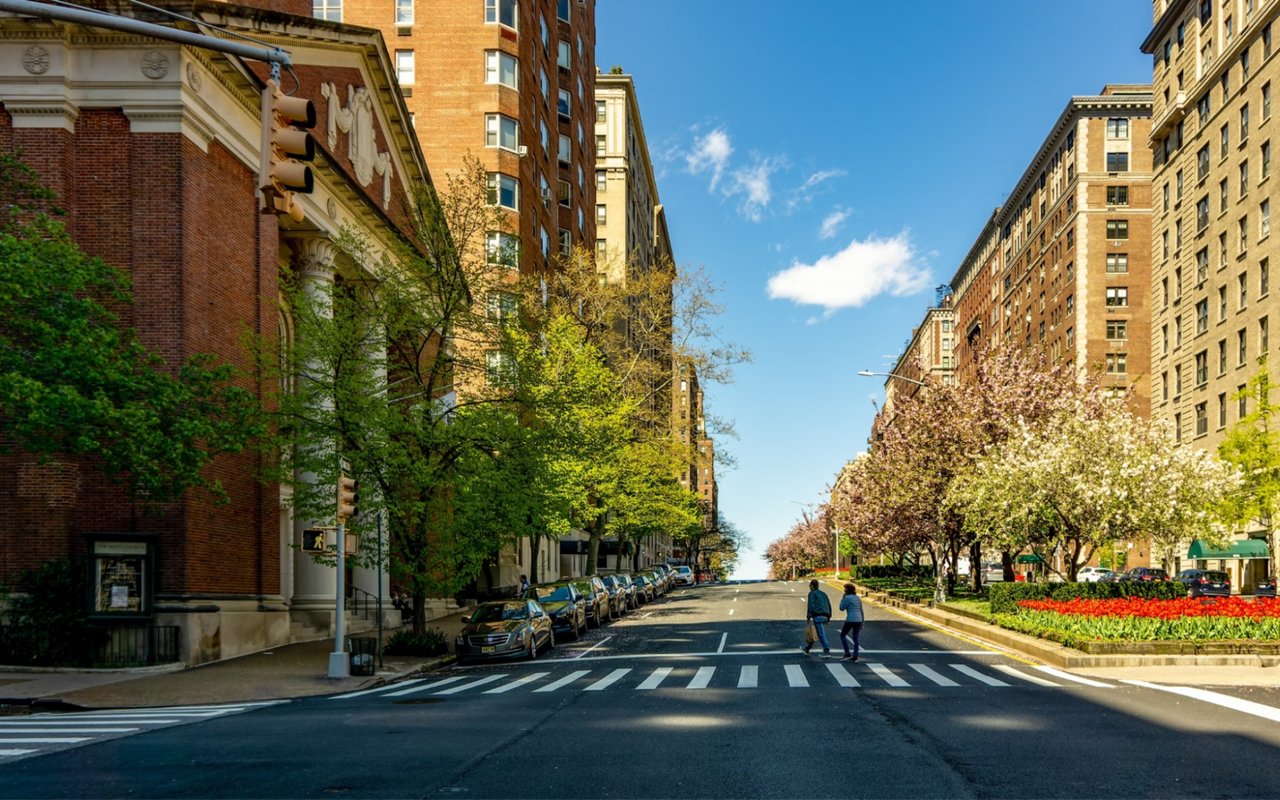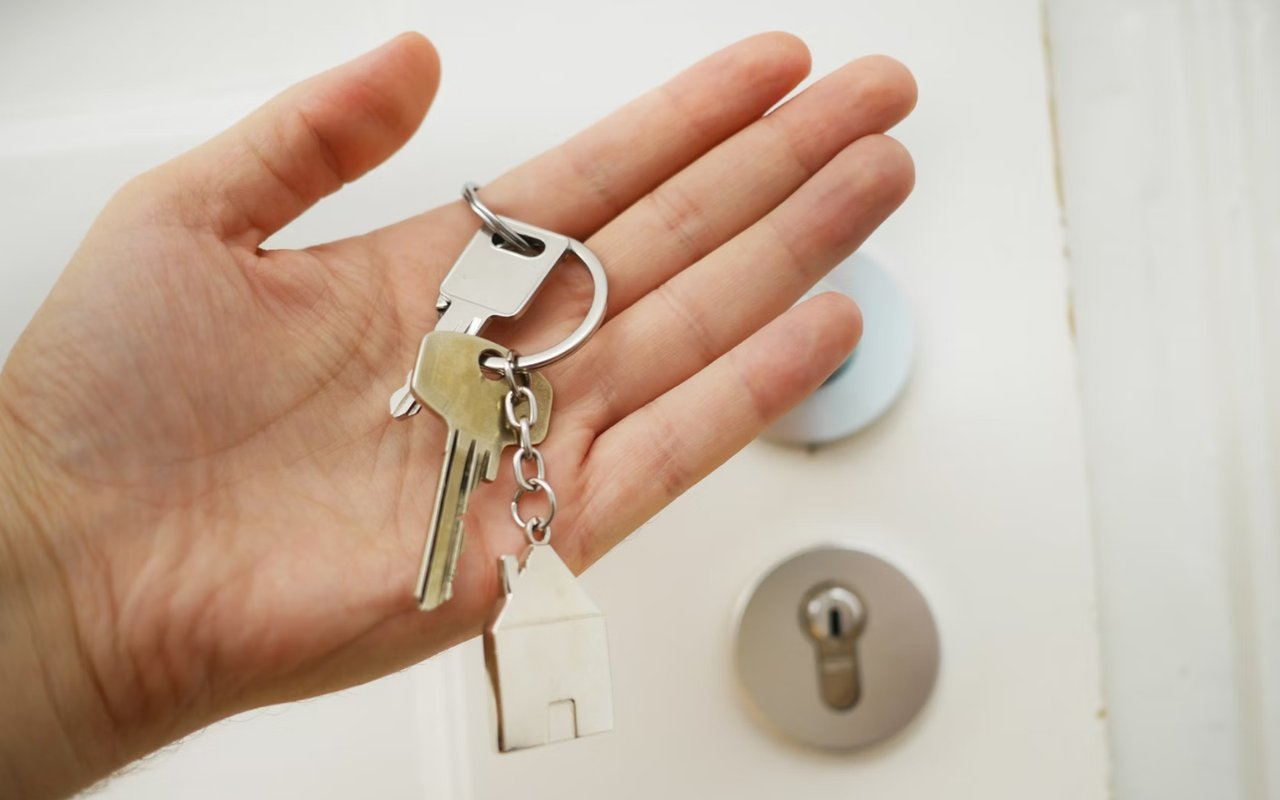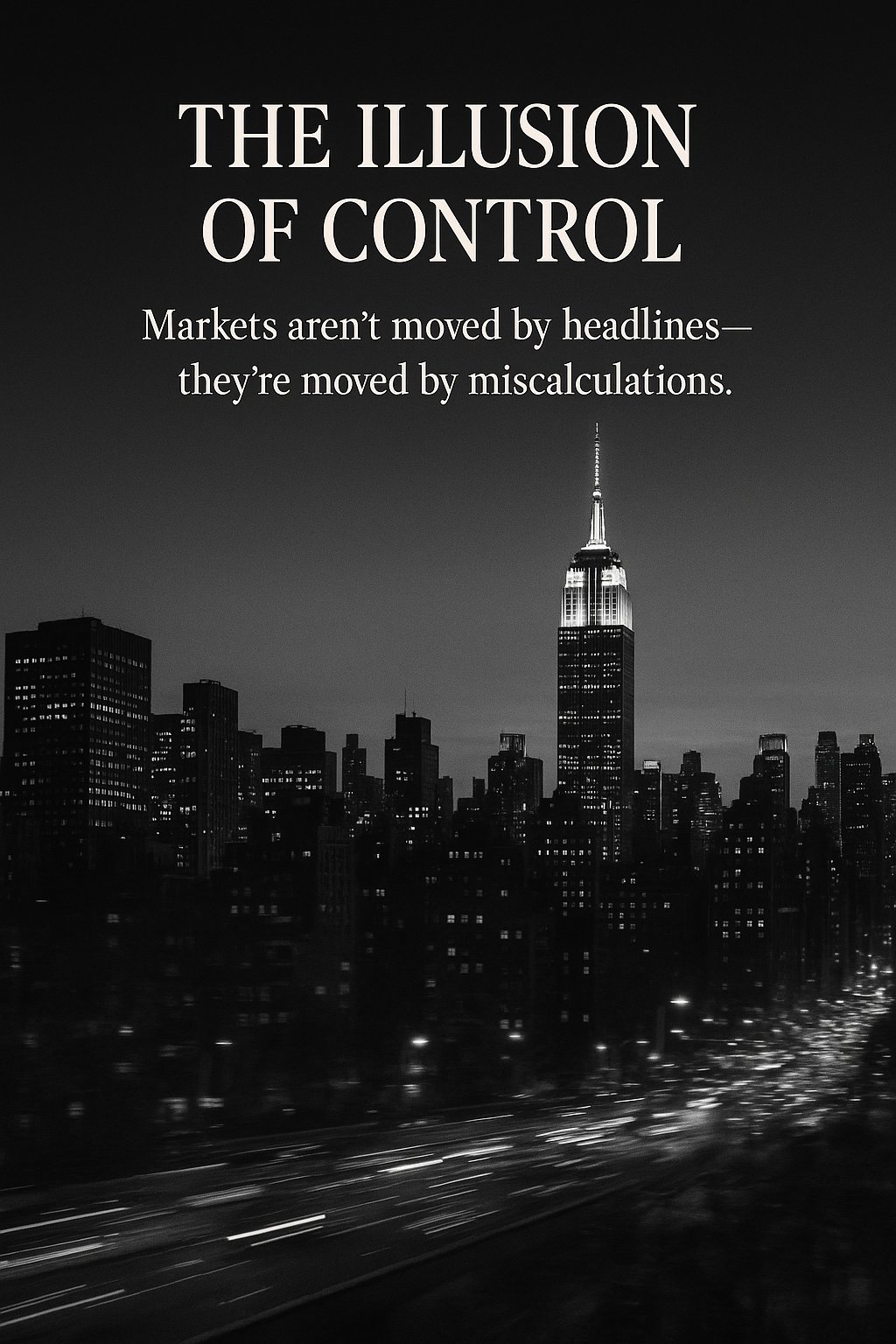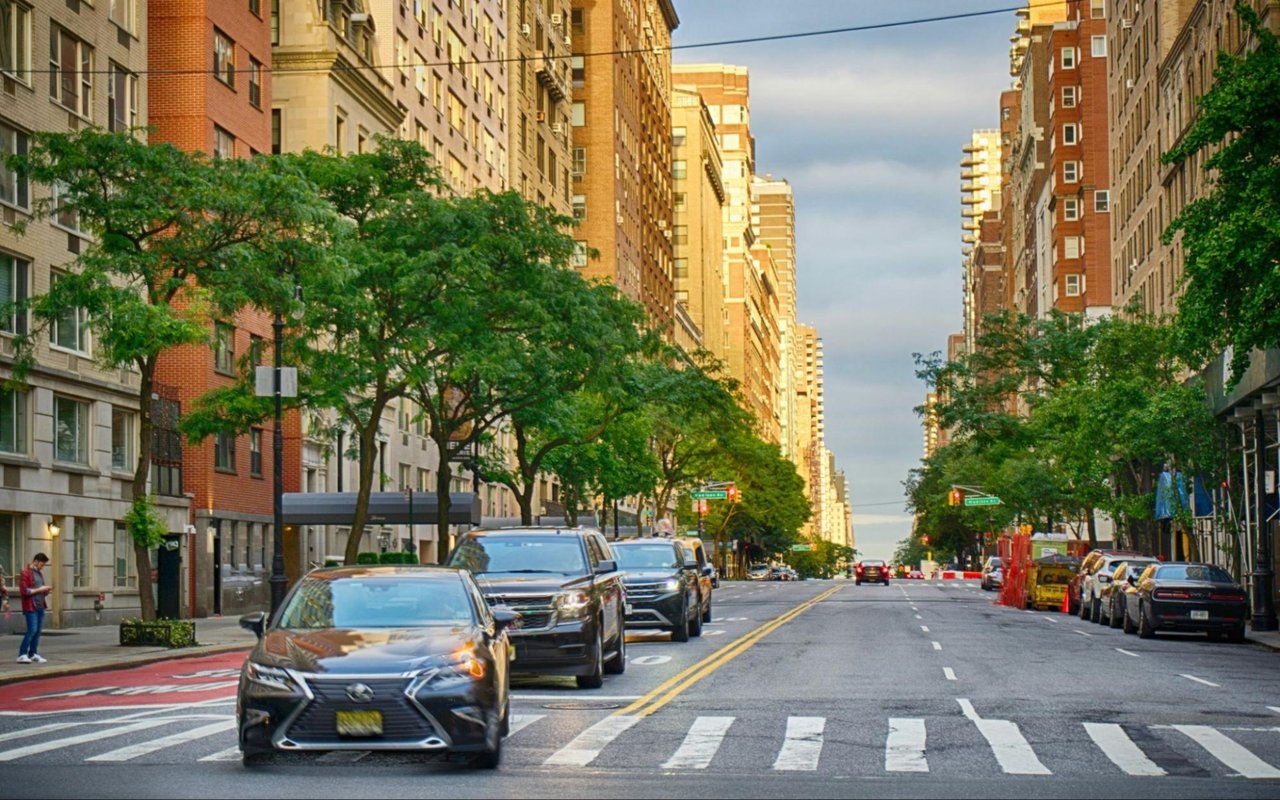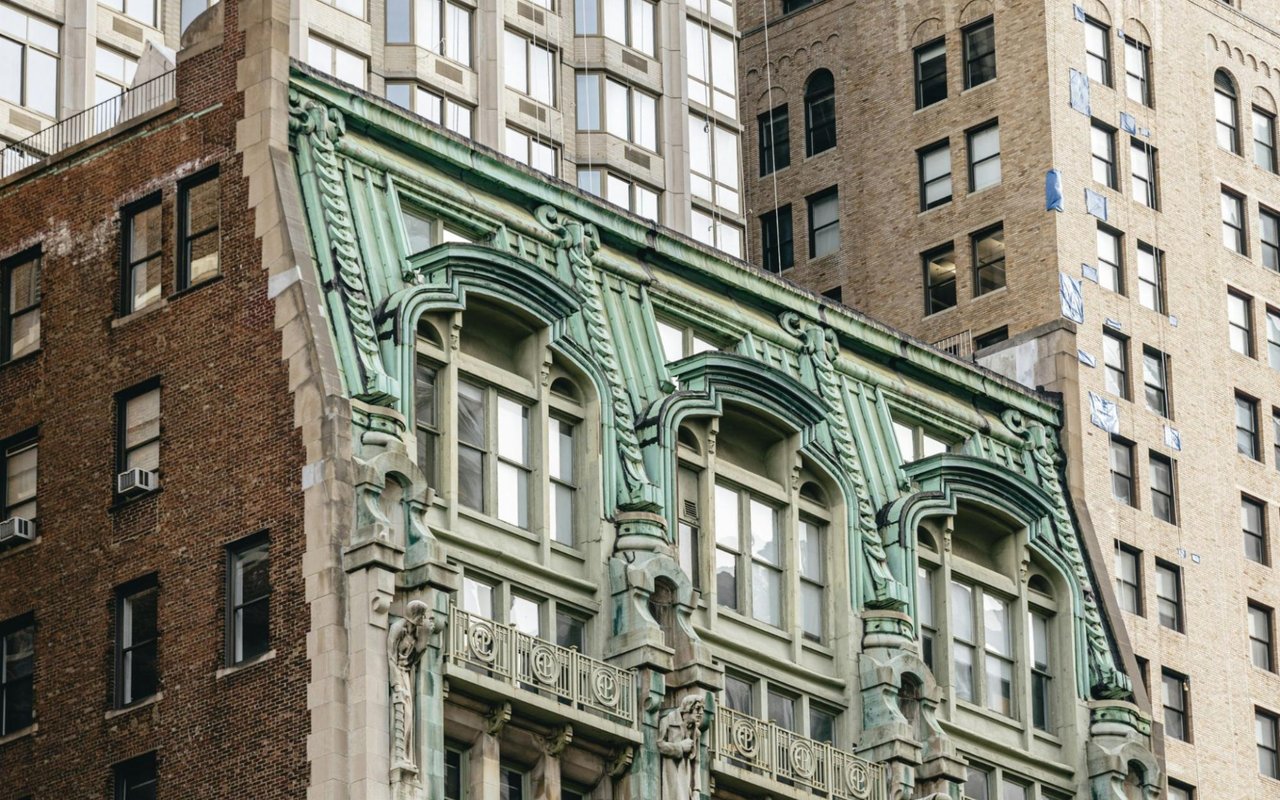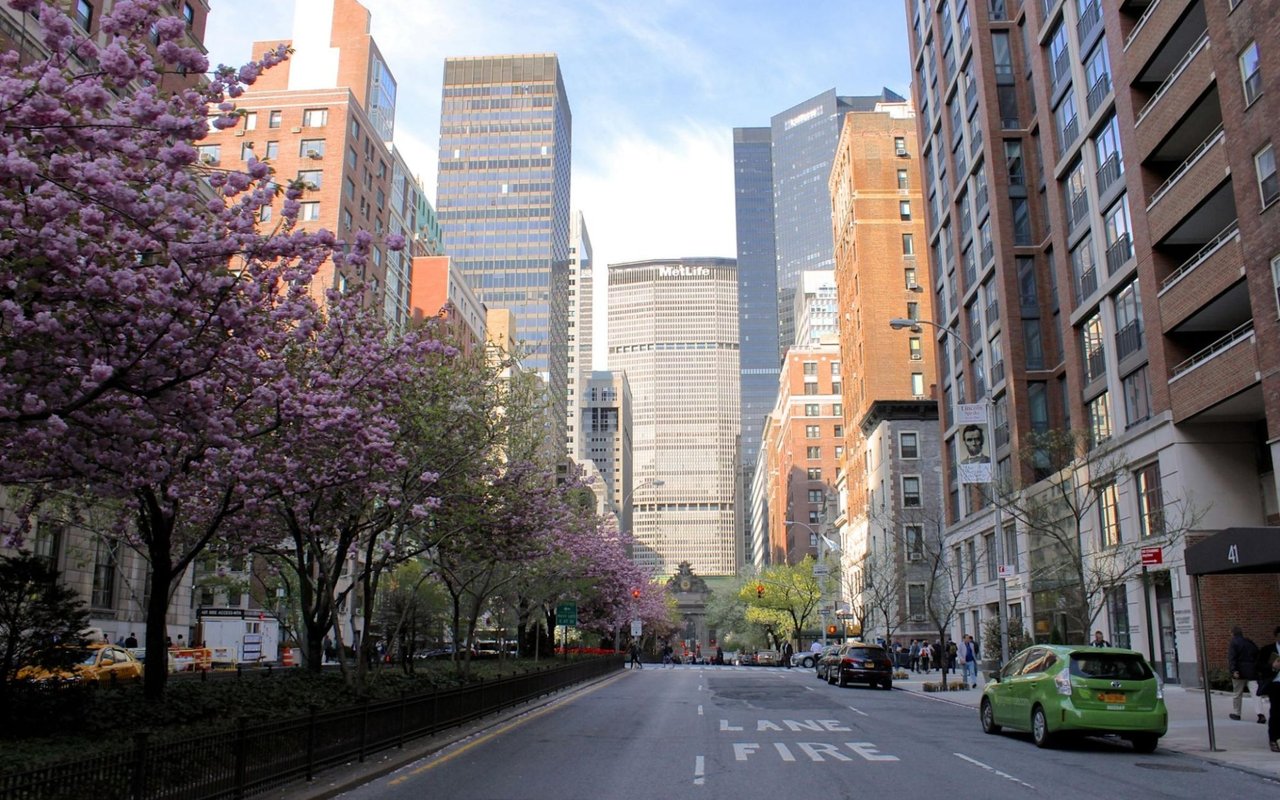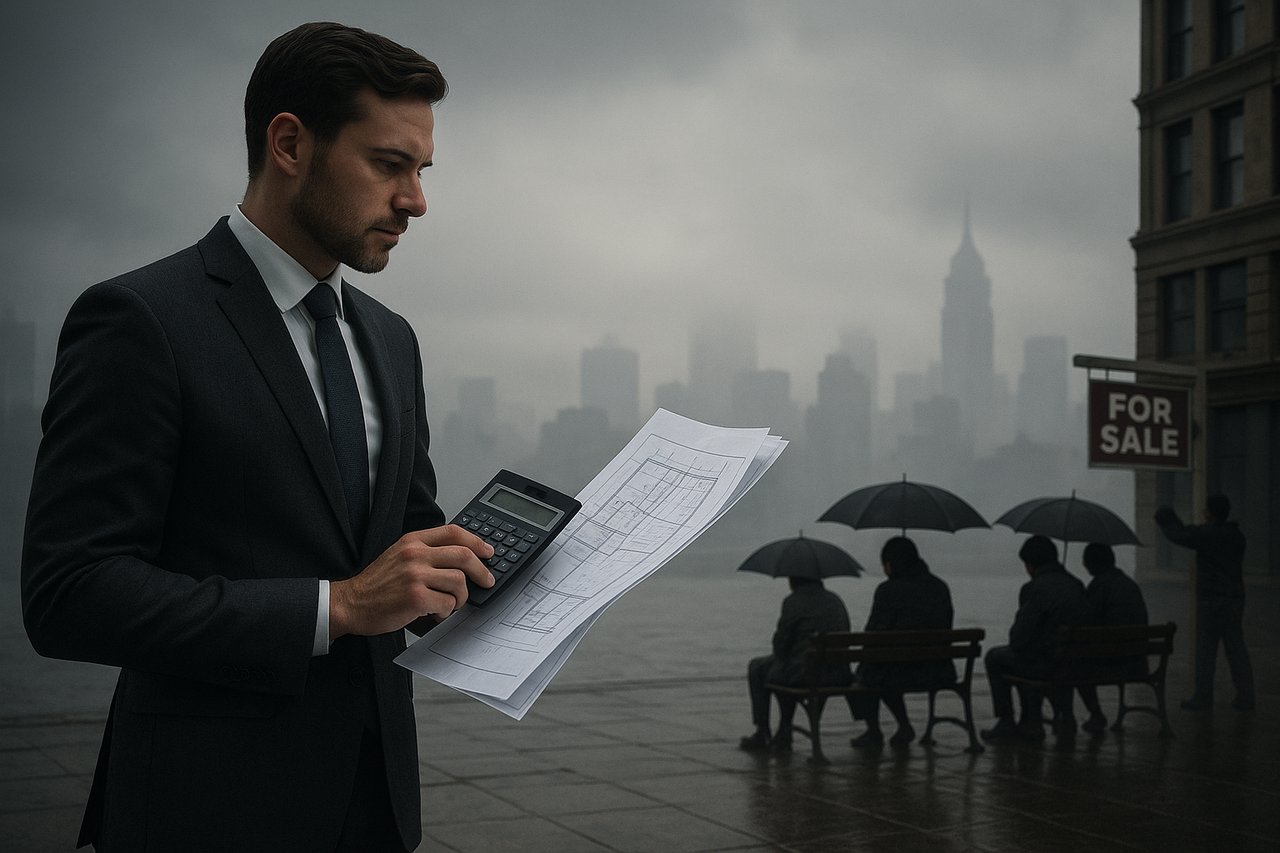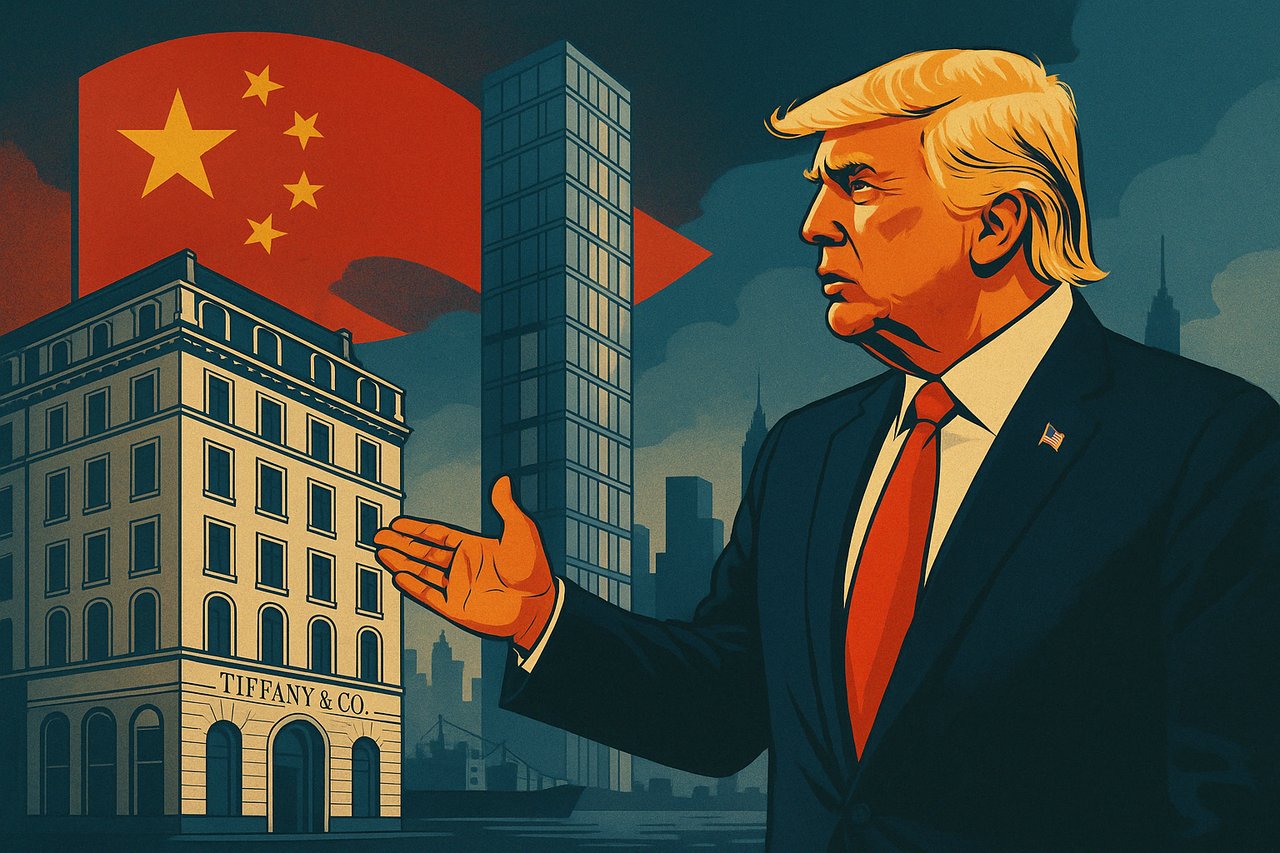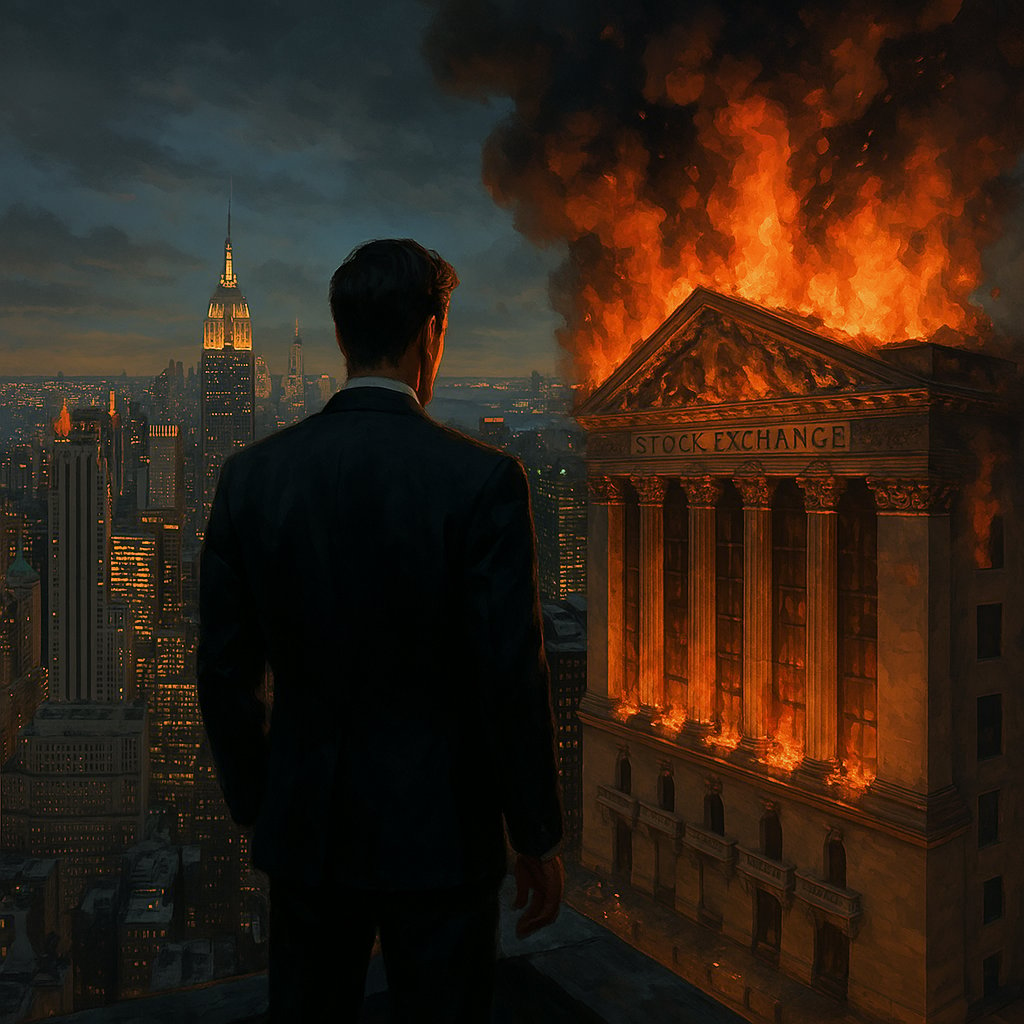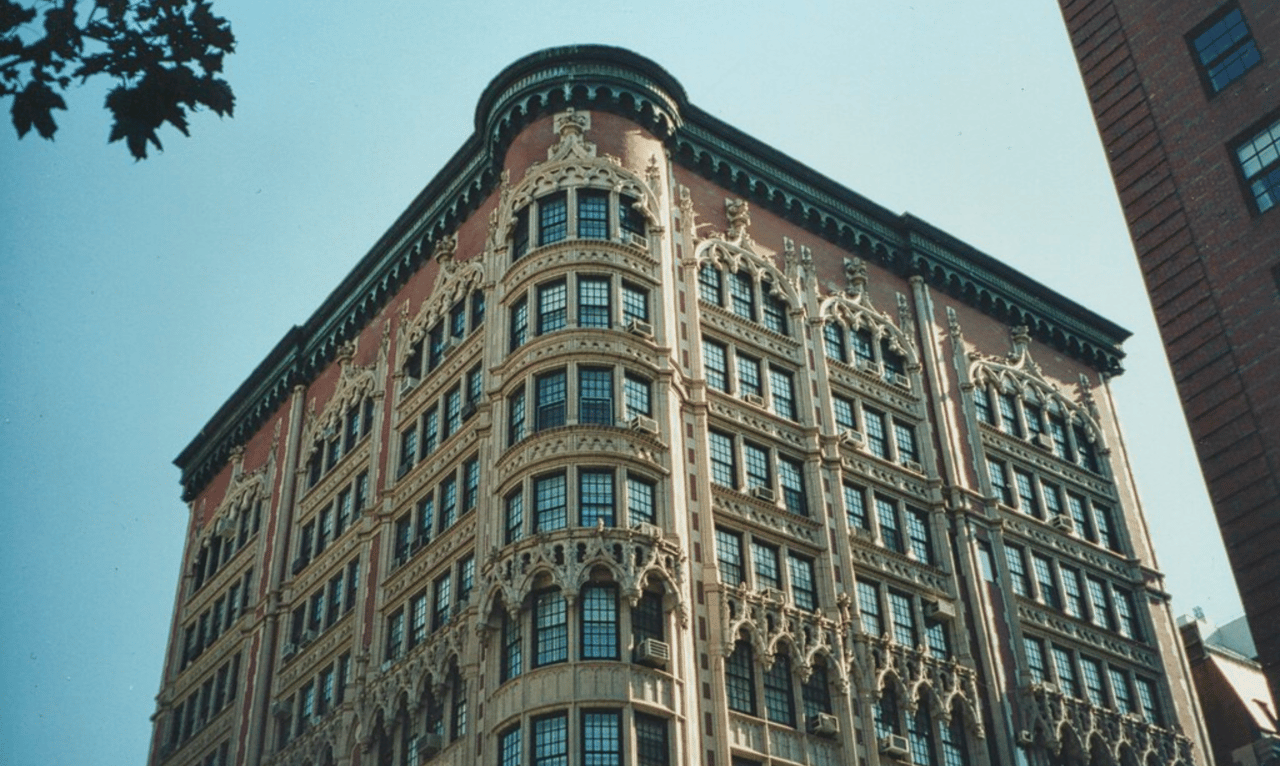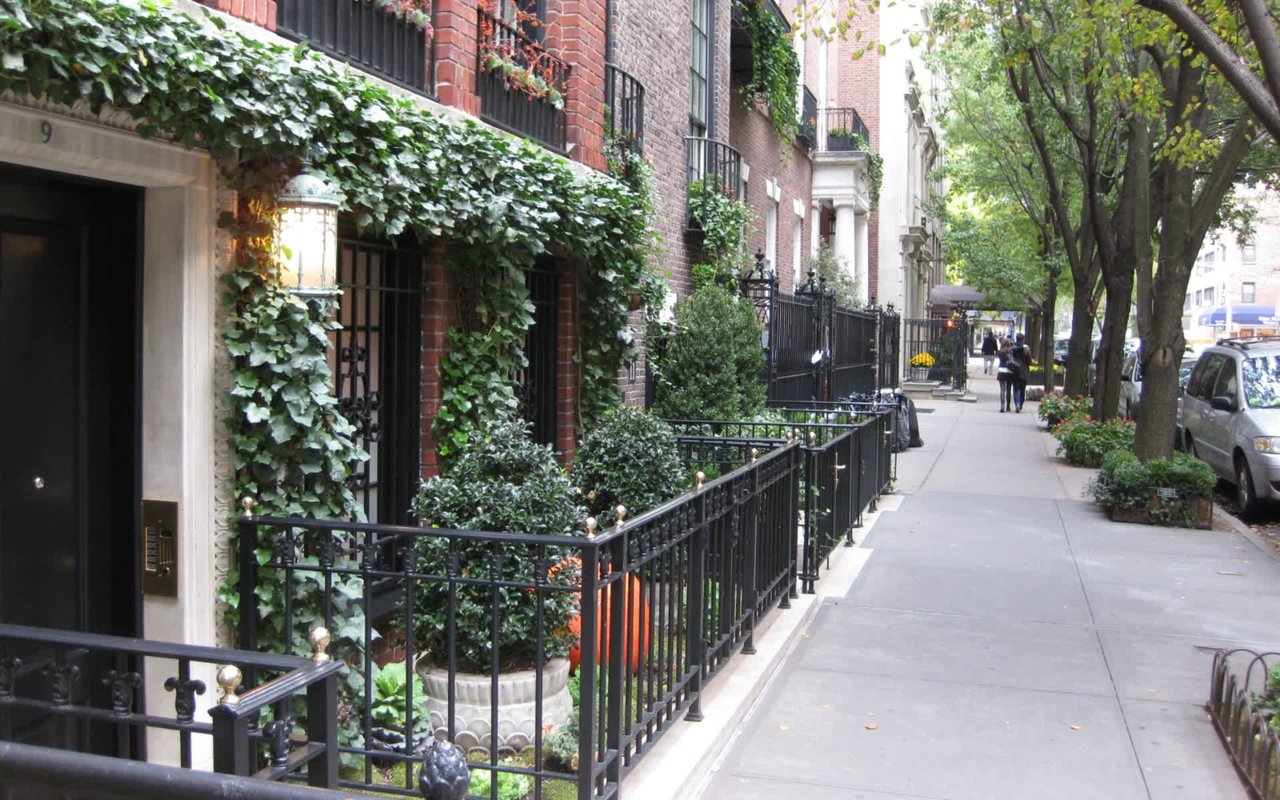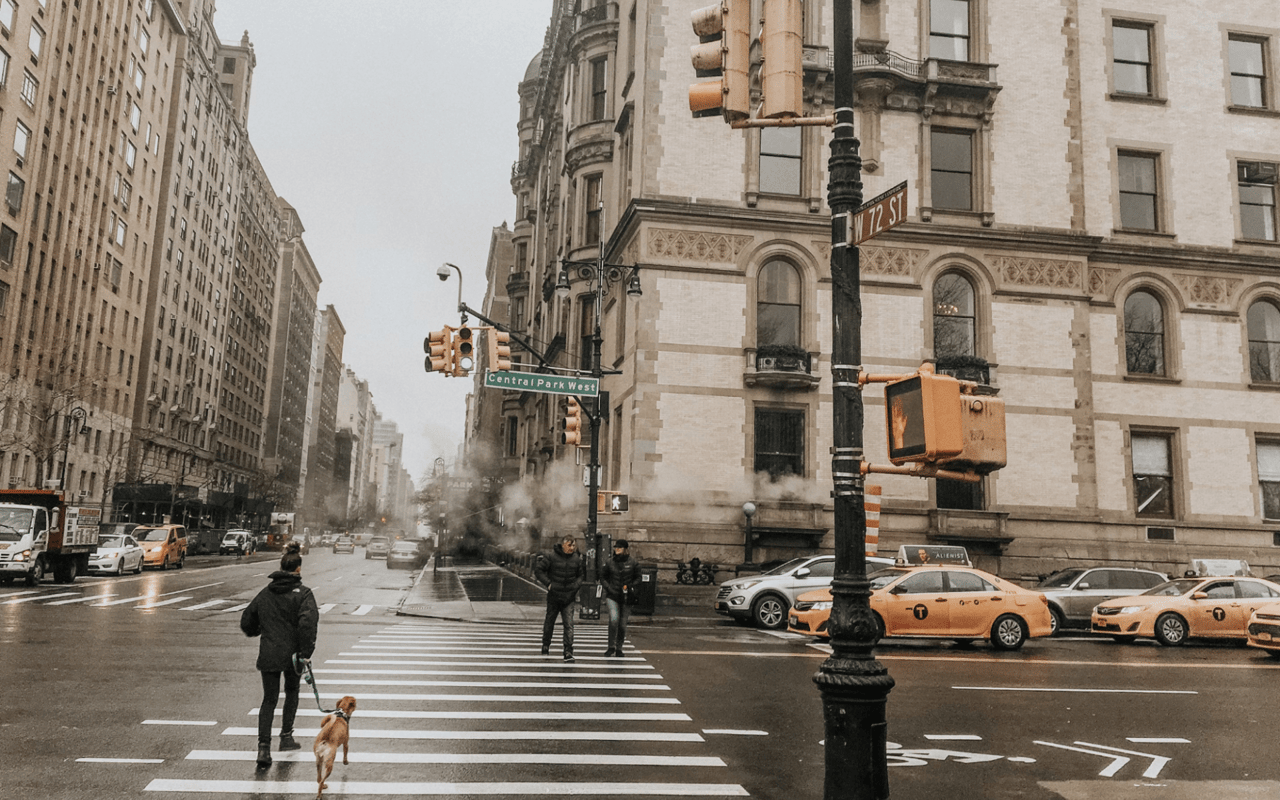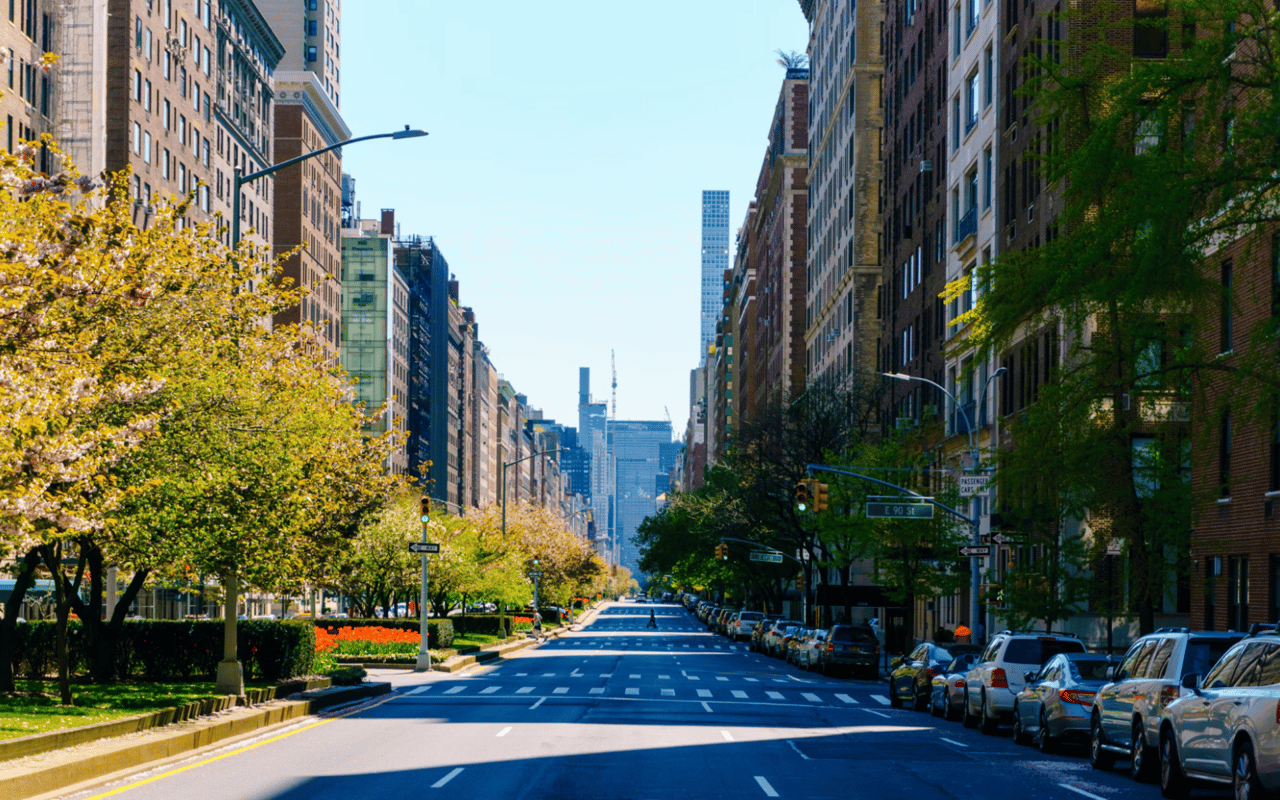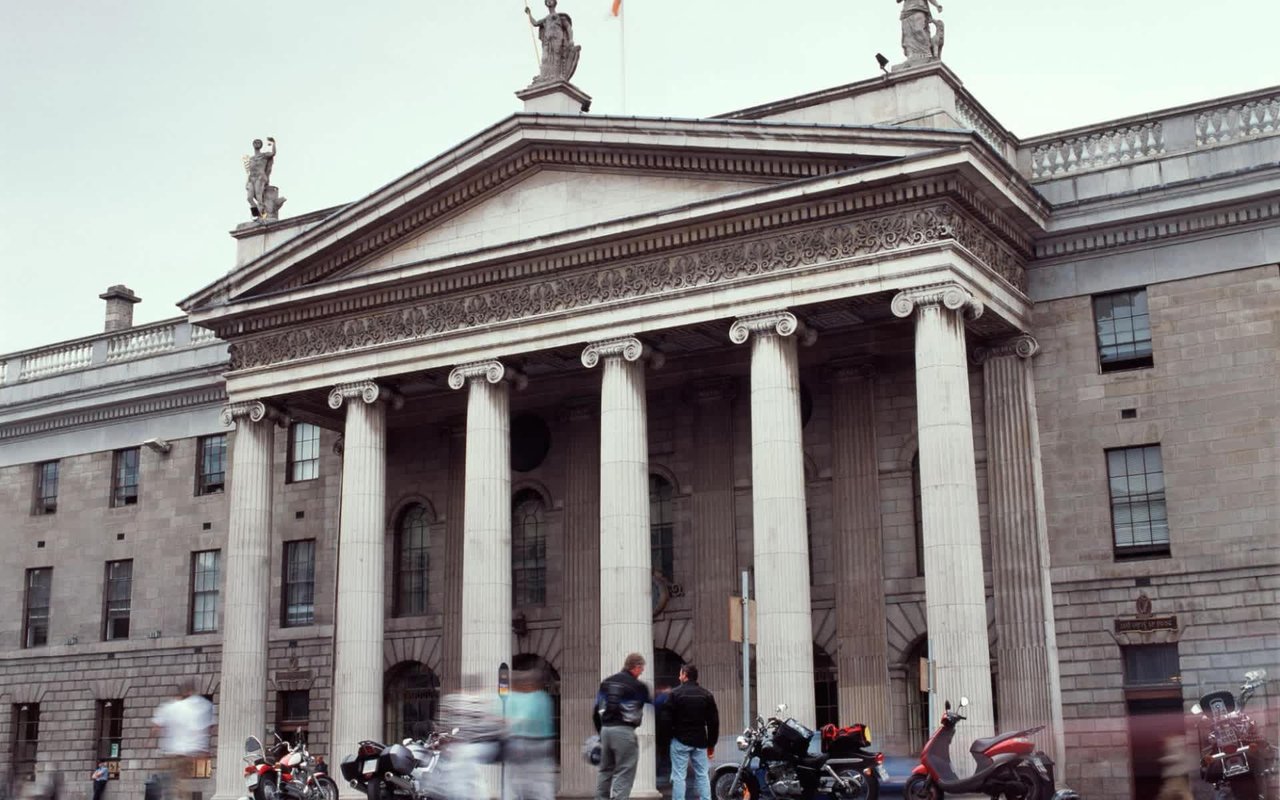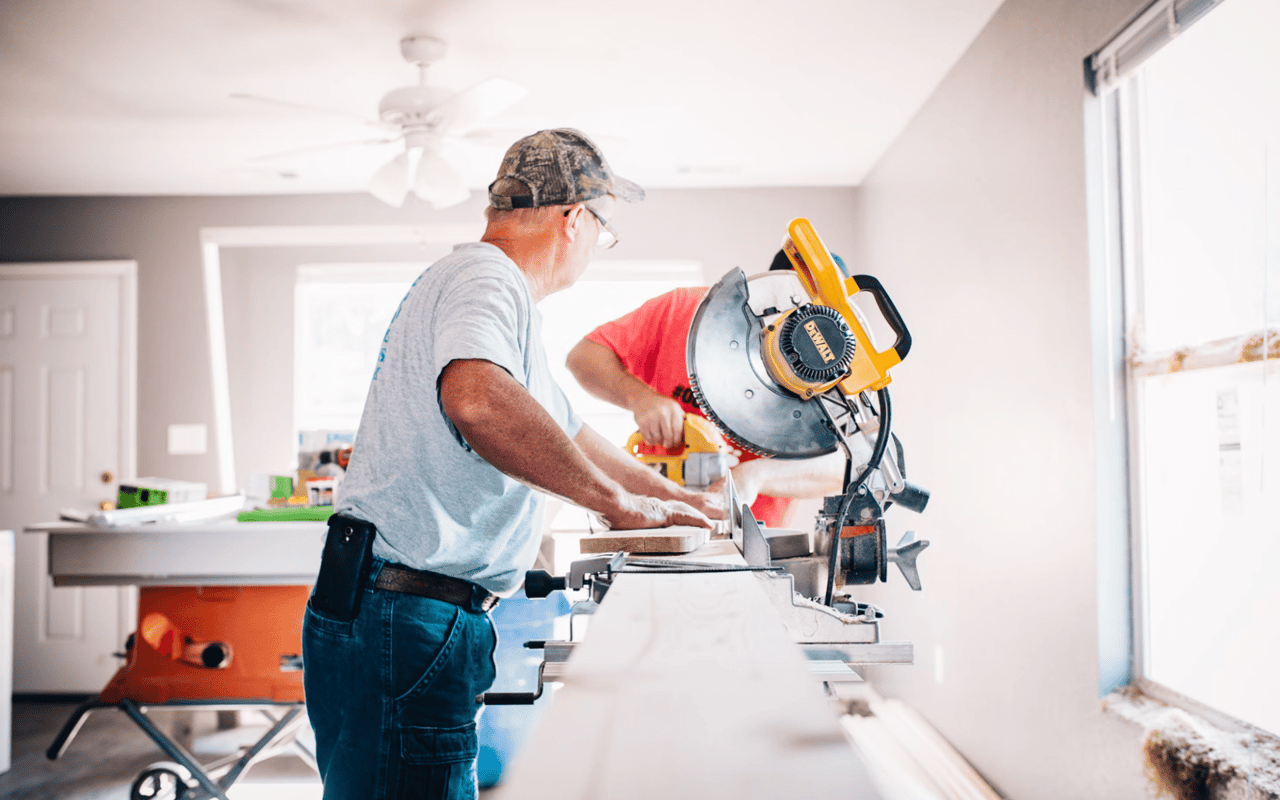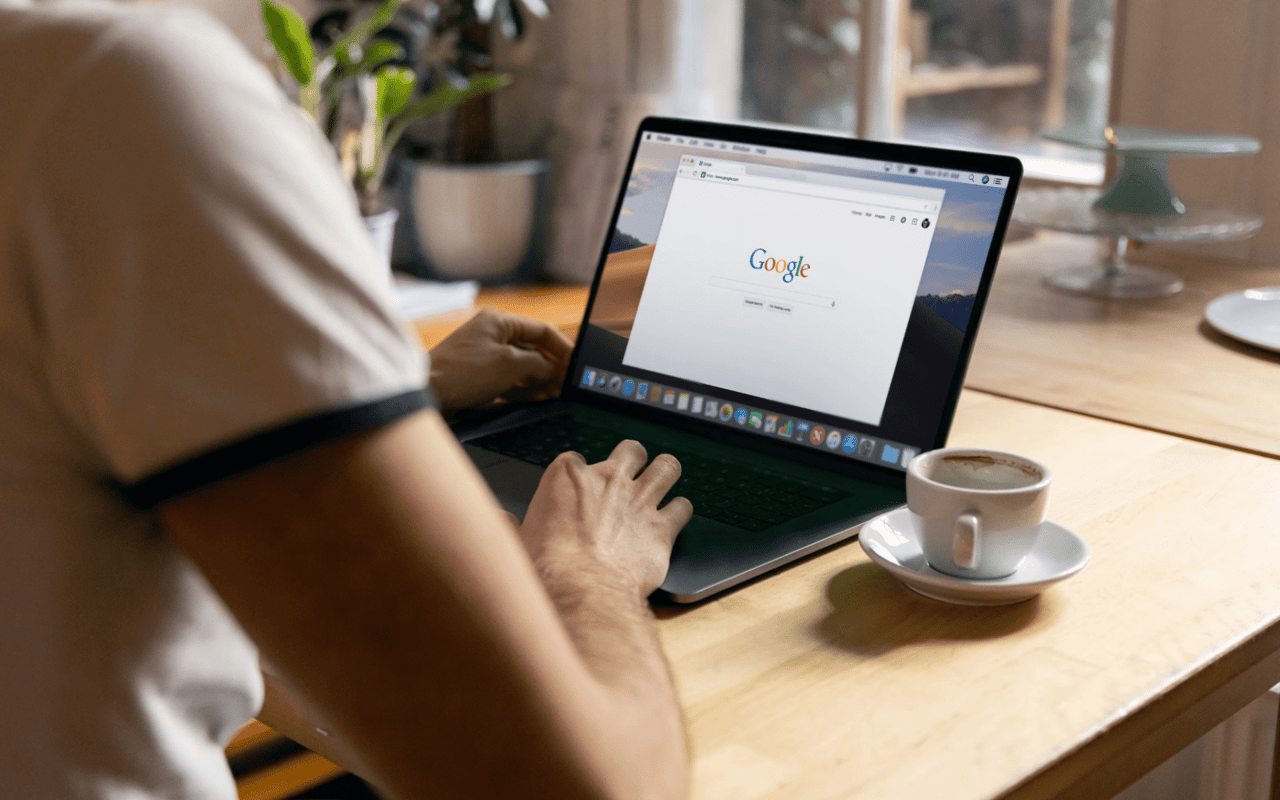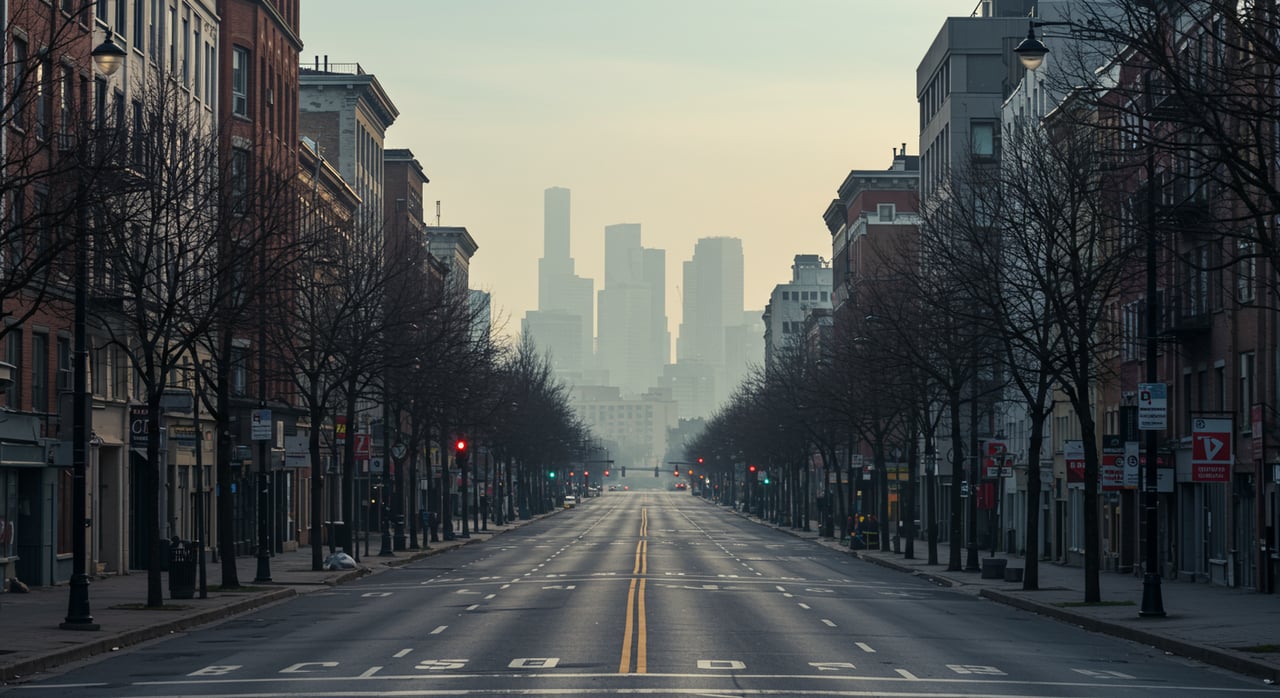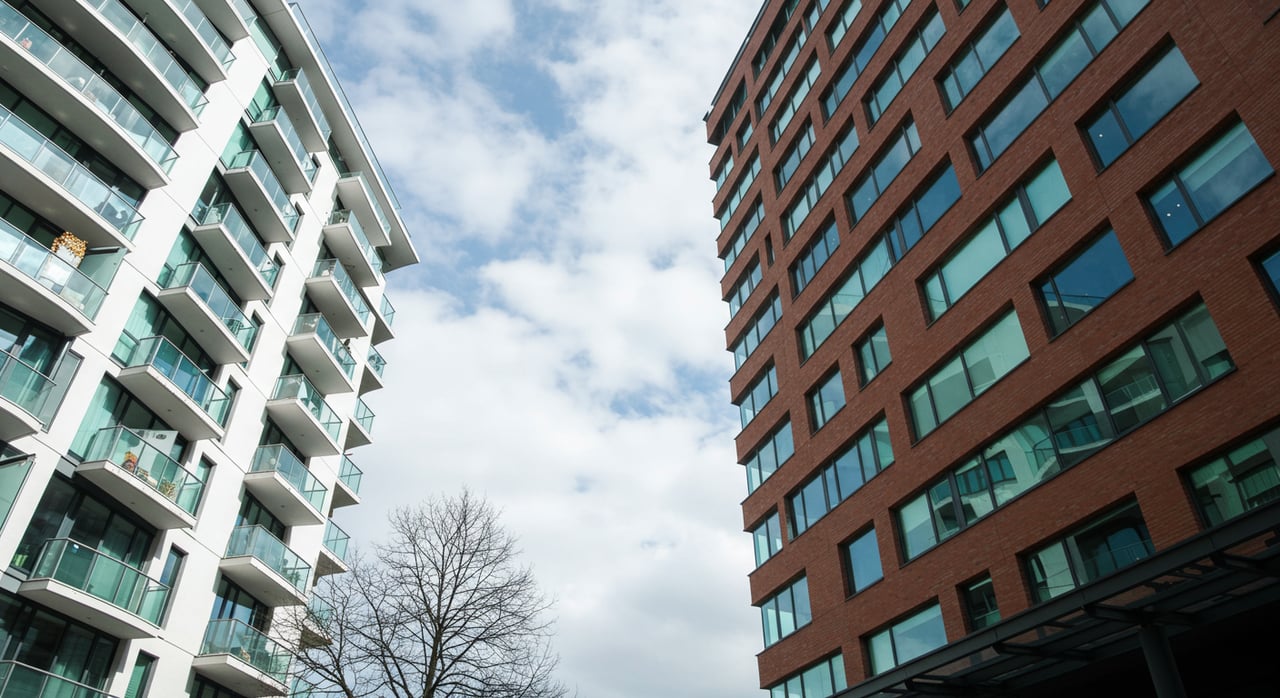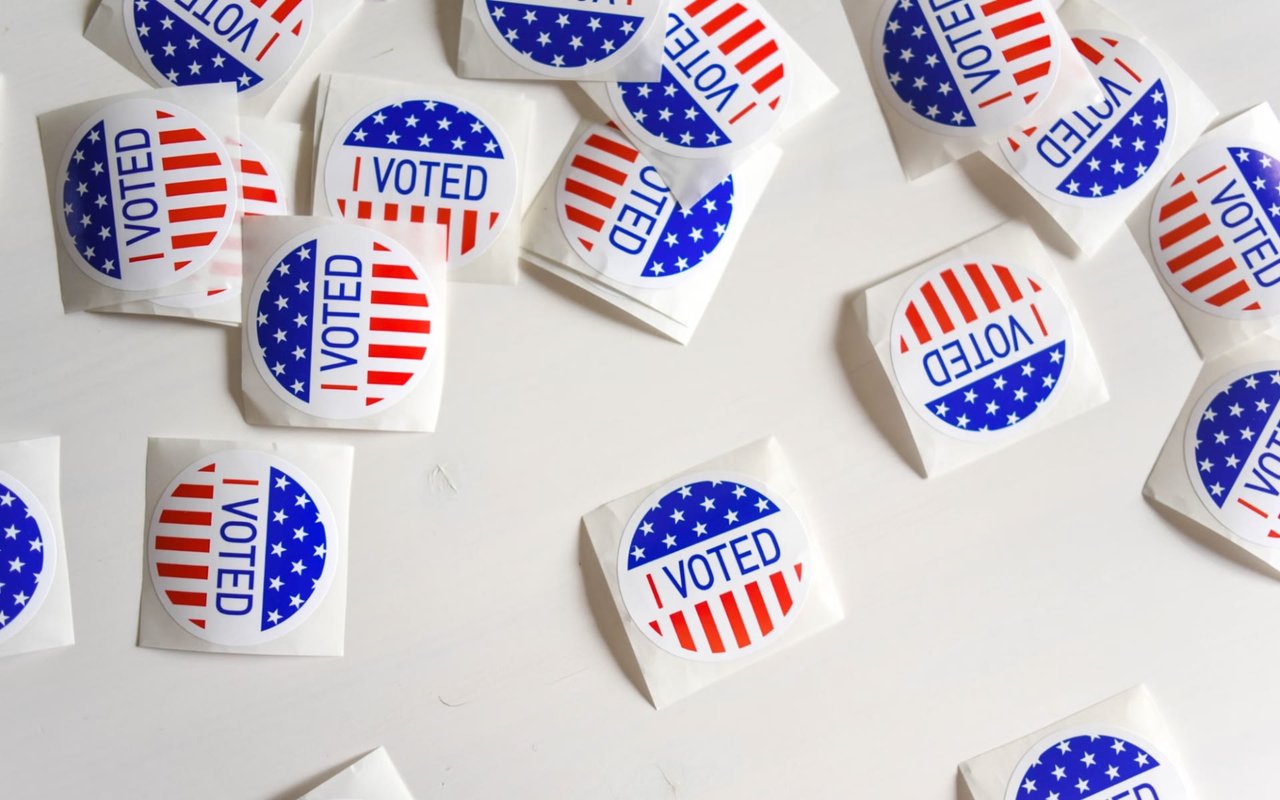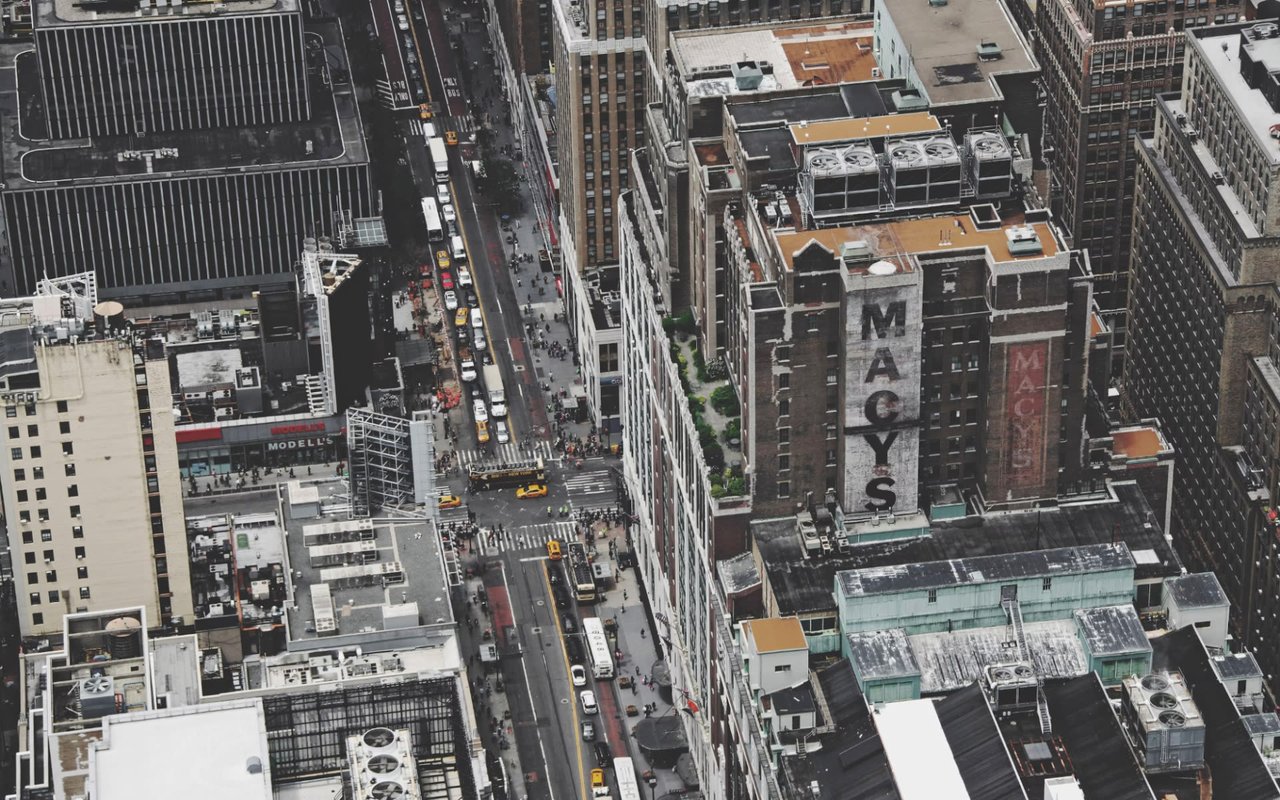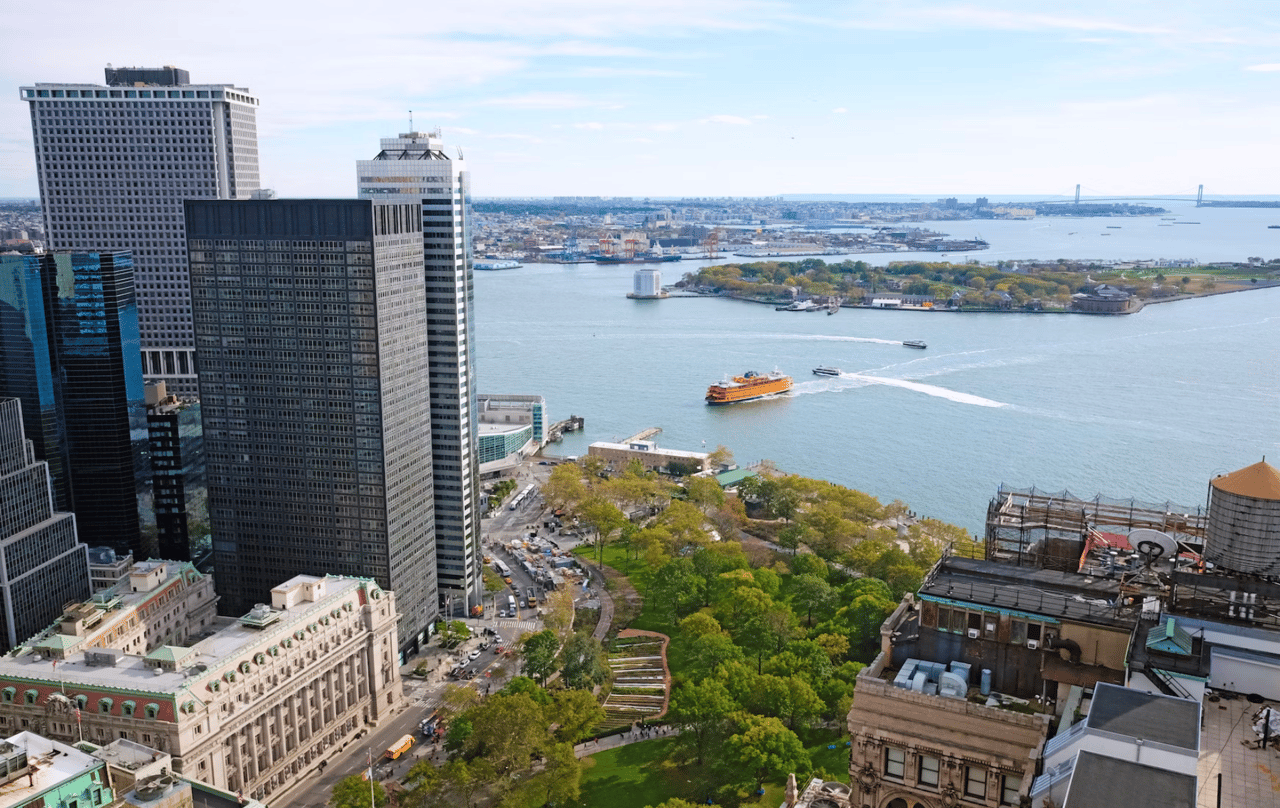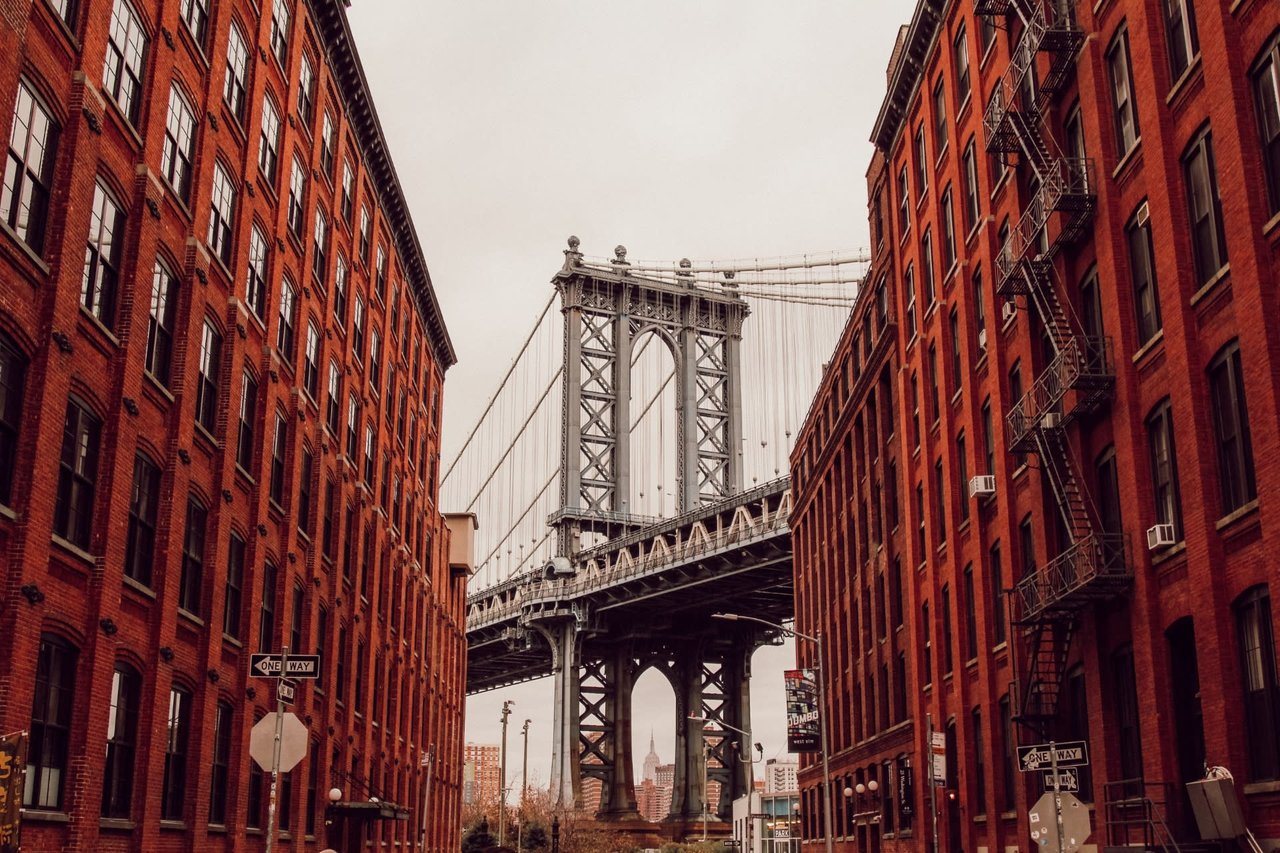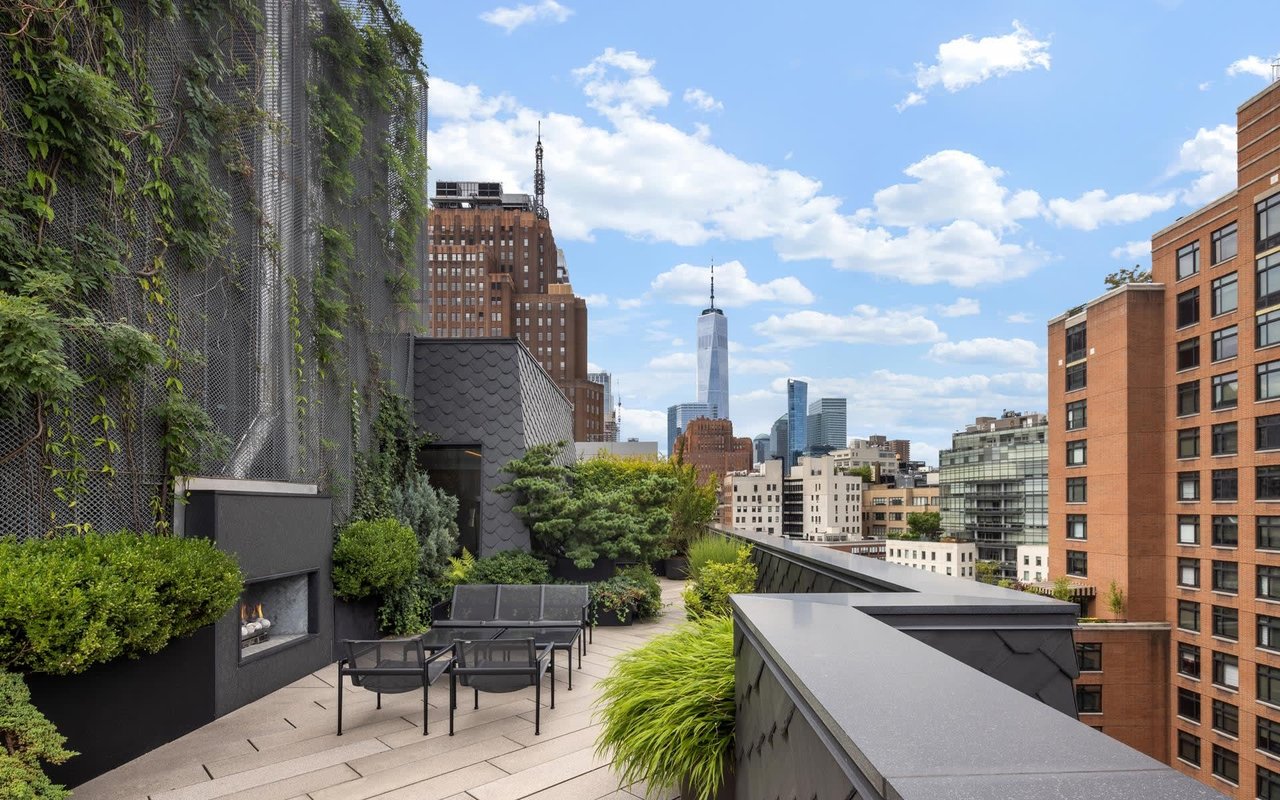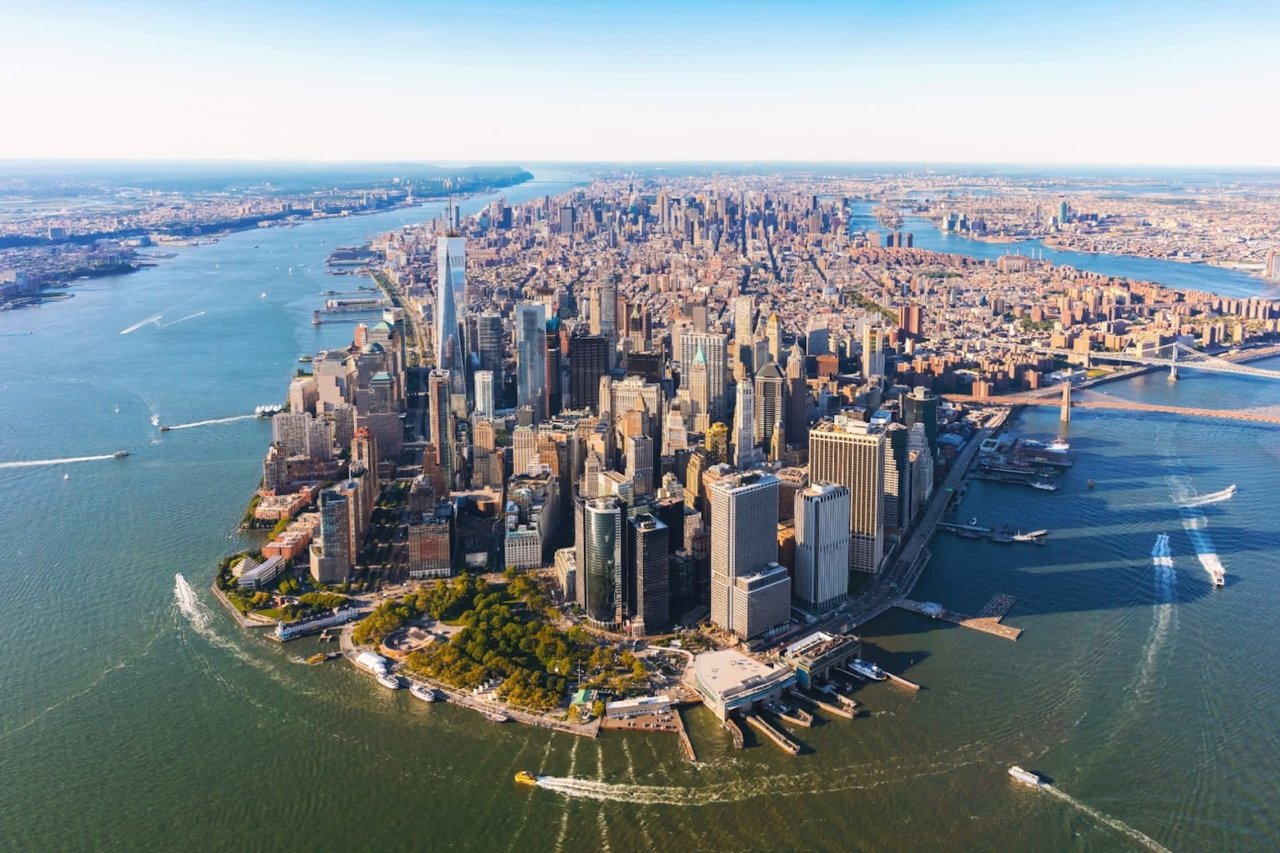The Paradox of the Perfect Time: Why Fear Freezes Buyers When Opportunity is Ripe
In real estate—and in markets generally—there’s an old saying attributed to Baron Rothschild: “The time to buy is when there’s blood in the streets.” Logic dictates that when prices soften, competition thins, and sellers become negotiable, it’s the moment to move. Yet, in every cycle, we see the opposite: the masses step back just when conditions favor the bold.
Why? The answer lies less in spreadsheets and more in neuroscience.
The Brain on Uncertainty
When the environment turns volatile—whether through economic instability, market downturns, or unsettling headlines—the brain’s amygdala takes center stage. This almond-shaped cluster deep in the limbic system controls our fight-or-flight response. In evolutionary terms, it kept us alive when rustling in the bushes might have meant a predator.
But in modern markets, that same mechanism works against us. Instead of responding to saber-toothed tigers, it responds to interest rate hikes, bank collapses, and election headlines. The amygdala doesn’t distinguish between a real, immediate threat to our survival and a perceived financial risk—it simply says: Stop. Wait. Don’t move.
Cortisol: The Decision-Killer
Adding to the challenge is our body’s stress chemistry. Elevated cortisol levels—our primary stress hormone—are designed for short bursts of survival energy. But in prolonged uncertainty, cortisol floods the system for days or weeks. This impairs activity in the prefrontal cortex—the part of the brain responsible for rational thought, long-term planning, and weighing probabilities.
Recent research from the American Psychological Association suggests that nearly 80% of Americans are in a heightened state of stress. In practical terms, this means the vast majority of buyers are making—or avoiding—decisions with diminished access to their higher reasoning abilities.
Stress vs. Market Behavior
This isn’t just theory. Historically, elevated stress levels across the population coincide with reduced transaction volume—exactly when prices are most favorable. In other words, the window of maximum opportunity is often the moment the fewest people can act rationally.
High stress correlates with reduced transaction volume, even when price trends are advantageous.
The Social Proof Trap
Compounding the biological reaction is a powerful behavioral bias: social proof. We look to others for cues on how to behave, especially when we’re unsure. In times of uncertainty, buyers scan the market and ask: Who else is buying? When they don’t see movement, the silence reinforces inaction—creating a self-fulfilling freeze.
Ironically, by the time visible activity returns, prices and competition have already shifted, and the “blood in the streets” opportunity has passed.
Why a Trusted Advisor Changes Everything
A skilled advisor acts as a counterweight to this fear response.
- Objectivity: They bring data into the conversation when your brain is clouded by cortisol and noise.
- Context: They’ve seen multiple market cycles and can separate temporary turbulence from structural decline.
- Execution: They know how to secure favorable terms when sellers are still negotiable and competition is light.
By grounding the decision in numbers—not mood—you move from a fight-or-flight reflex to a deliberate, calculated choice.
Final Thought
The paradox is clear: the best opportunities rarely feel like the best opportunities. They look risky, lonely, even contrarian. But history and neuroscience agree—our instincts are not optimized for financial decision-making in high-stress environments.
If you want to act when the math says “go” but your gut says “run,” the solution is simple: borrow a calmer brain. That’s the role of a trusted advisor—not just to find the deal, but to keep you from missing it when it matters most.

